Bridges and Villages
Buses and trains are wonderfully efficient, but if you want to do more than one place in a day, a car is the answer. We have a little Fiat 500 in dark petrol blue … cute as a button … and fun to drive (says Glen). Here are some of the hillside villages and amazing bridges we’ve visited — in no particular order.
In Borgo a Mozzano is the Ponte della Maddalena, also known as Devil’s Bridge https://www.visittuscany.com/en/attractions/the-devils-bridge/ A magnificent high arched span that you can walk across. There’s some story about engaging the devil’s help to construct the bridge in exchange for the soul of the first person across. Some jiggery pokery through hurling a piece of bread across and attracting a ravenous dog instead … the Devil was neatly tricked out of his soul. Whatever the case, it was a beautiful spot to sit and have our lunch, and peer over the edge at the green water below.
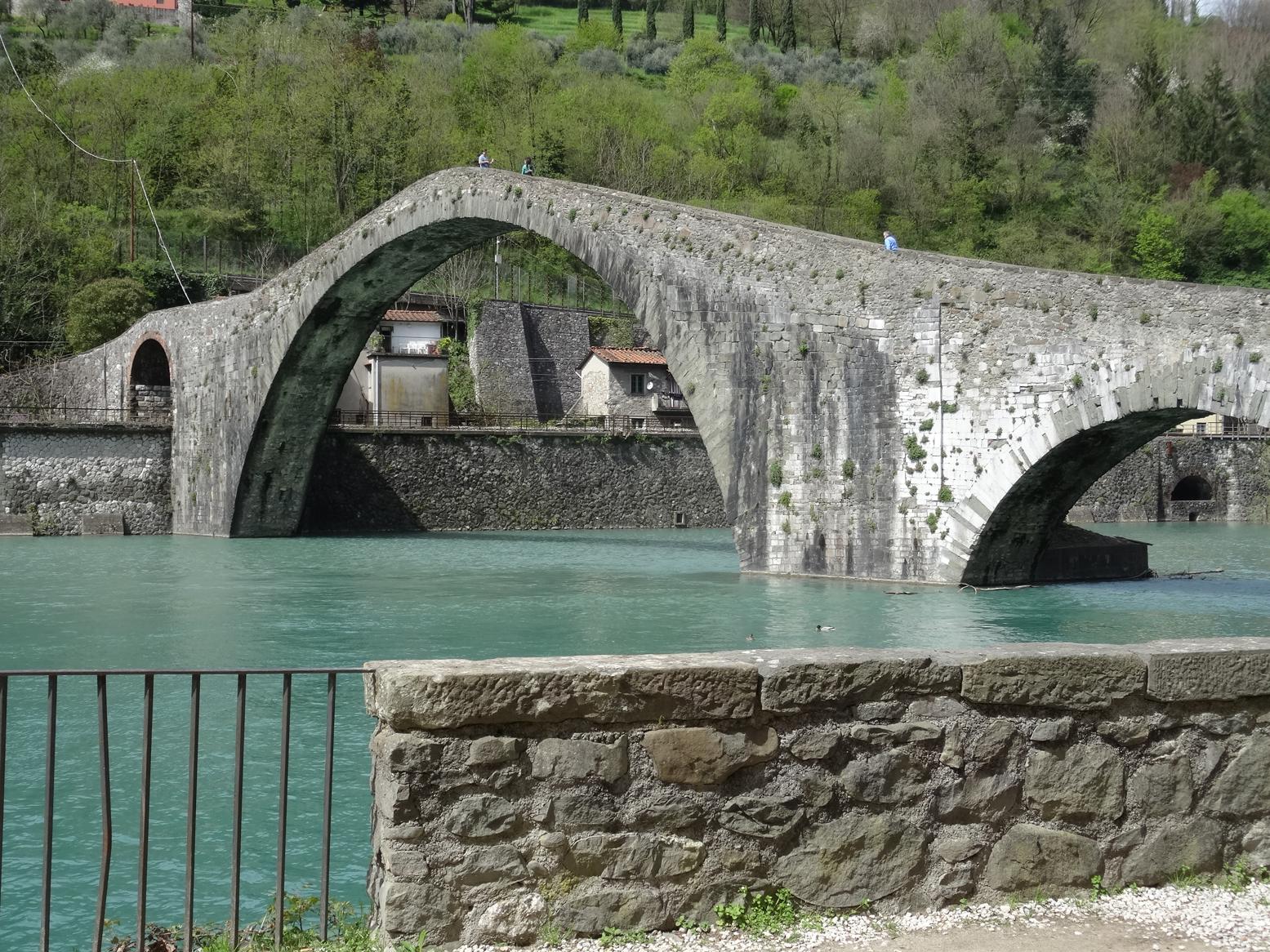
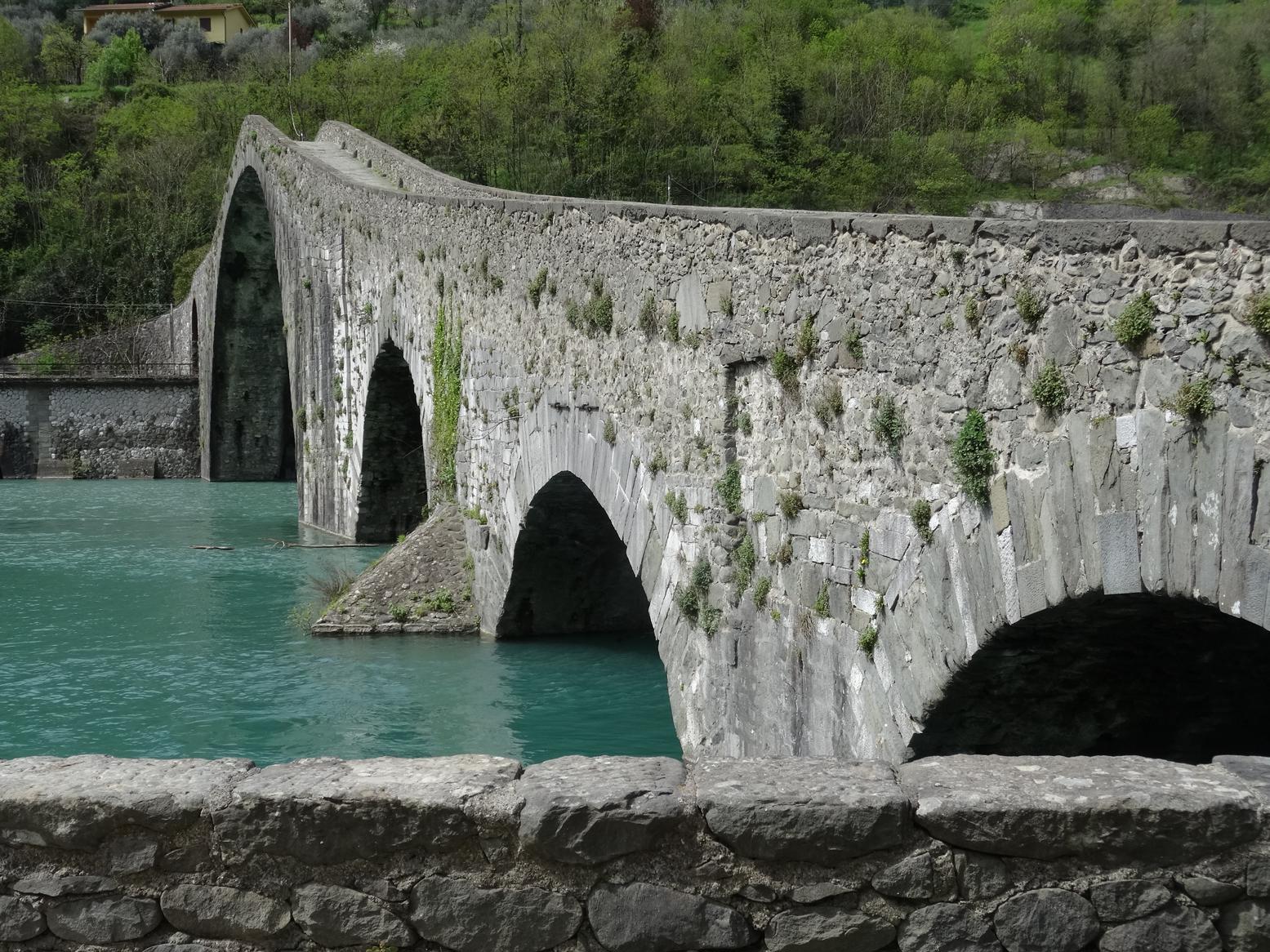
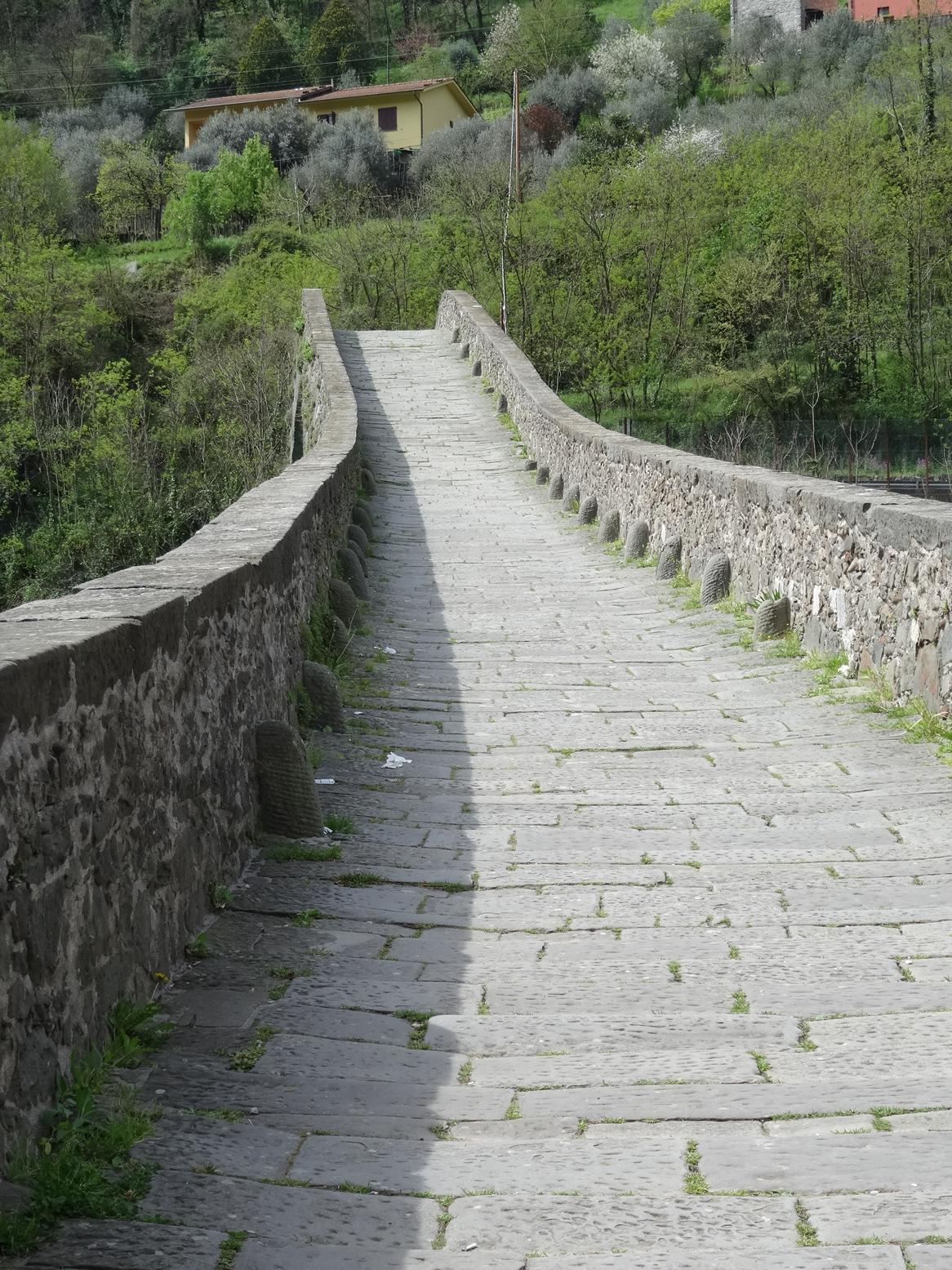
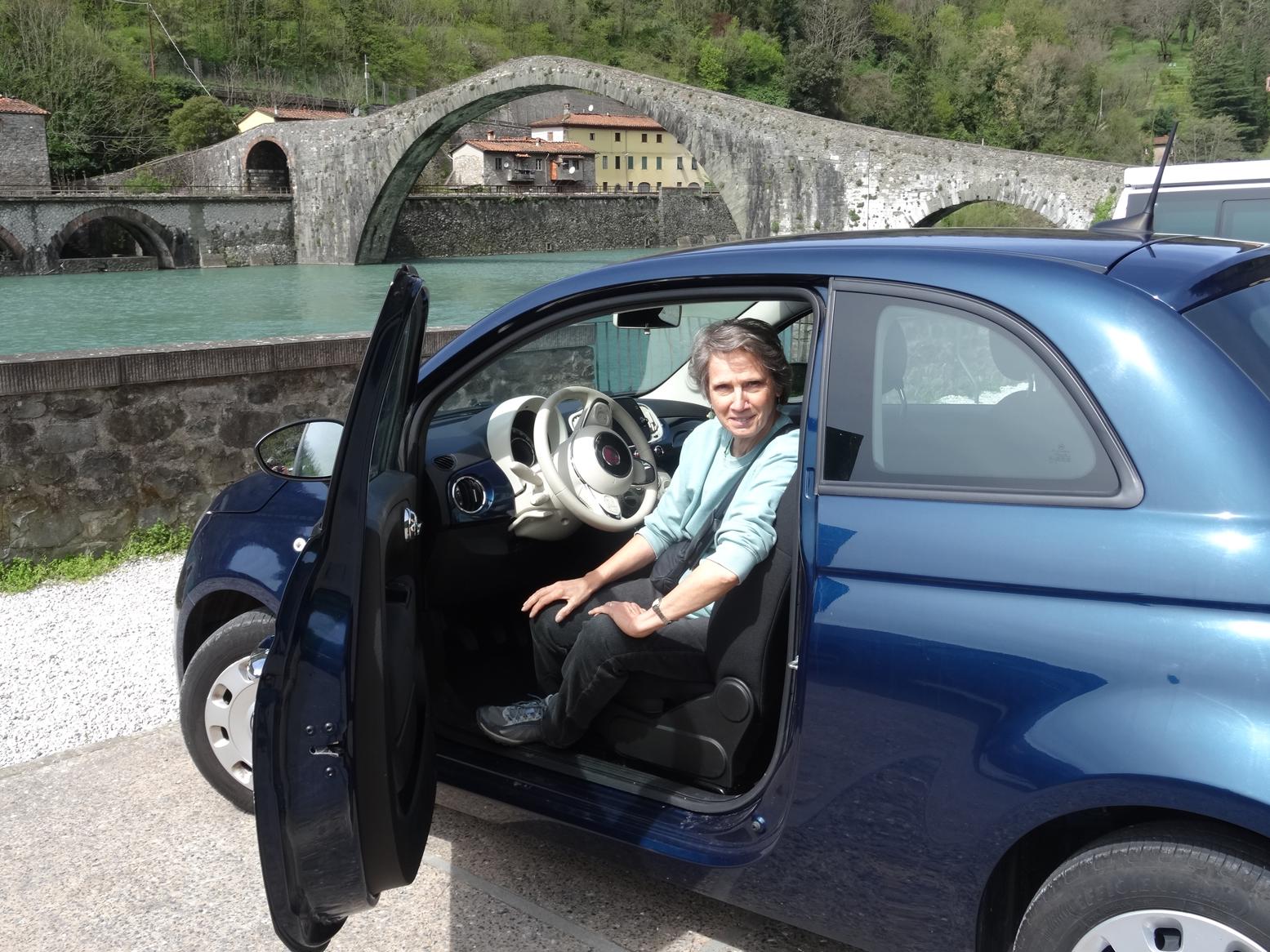
Up in the hills a tiny towered village caught our attention. “Wonder if we could get up there?” pondered Glen. There was a likely-looking road off to the right, so we proceeded up … and up … and up. Some time later at the top a few industrious road workers cheerfully moved their equipment out of the way so we could pass. Alighting from the car into Fiattone there was nothing but bird song and a gentle rustling of leaves. The old stone buildings oozed their centuries of history … succulents and spring flowers sprang up in unexpected corners, and the views went on forever.
Two dirt tracks led out of the village … one steeply down (obviously to a farm way below) the other off to the right, Glen and Miss Google both claimed could lead through to the next village. There was a bus stop, but I was dubious. And rightly so! The ‘road’ became nothing more than a goat track, and even Miss Google abandoned us! But how to turn around? I got out, and gingerly Glen reversed keeping between the sudden drop off and a high bank. After what seemed like a 23 point turn and a good deal of furious scrabbling to dig out the driver’s side rear bumper (um, is that rear passenger side tire supposed to be a foot off the ground?) … we got turned around. A touch too much adventure, me thinks.
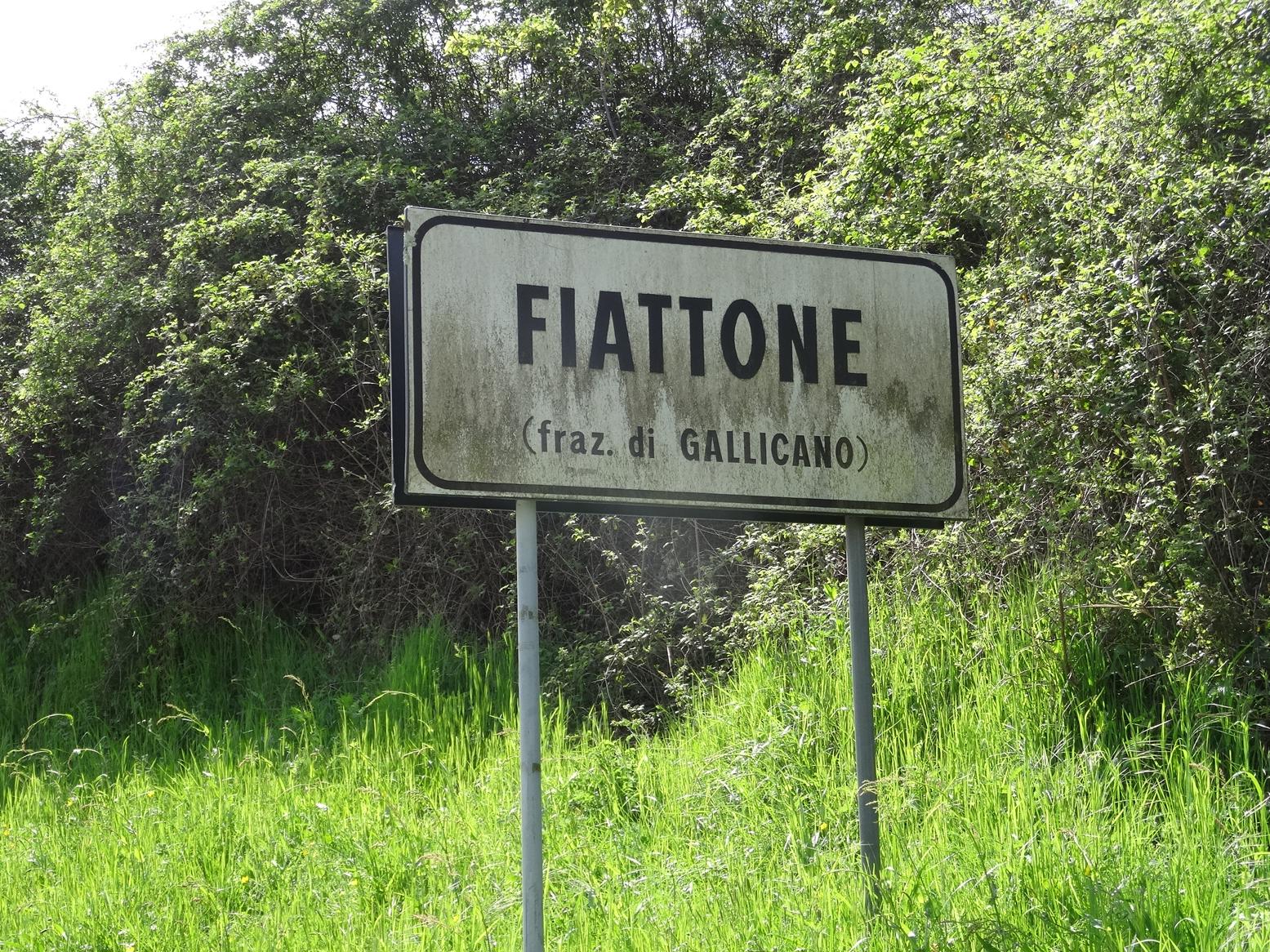
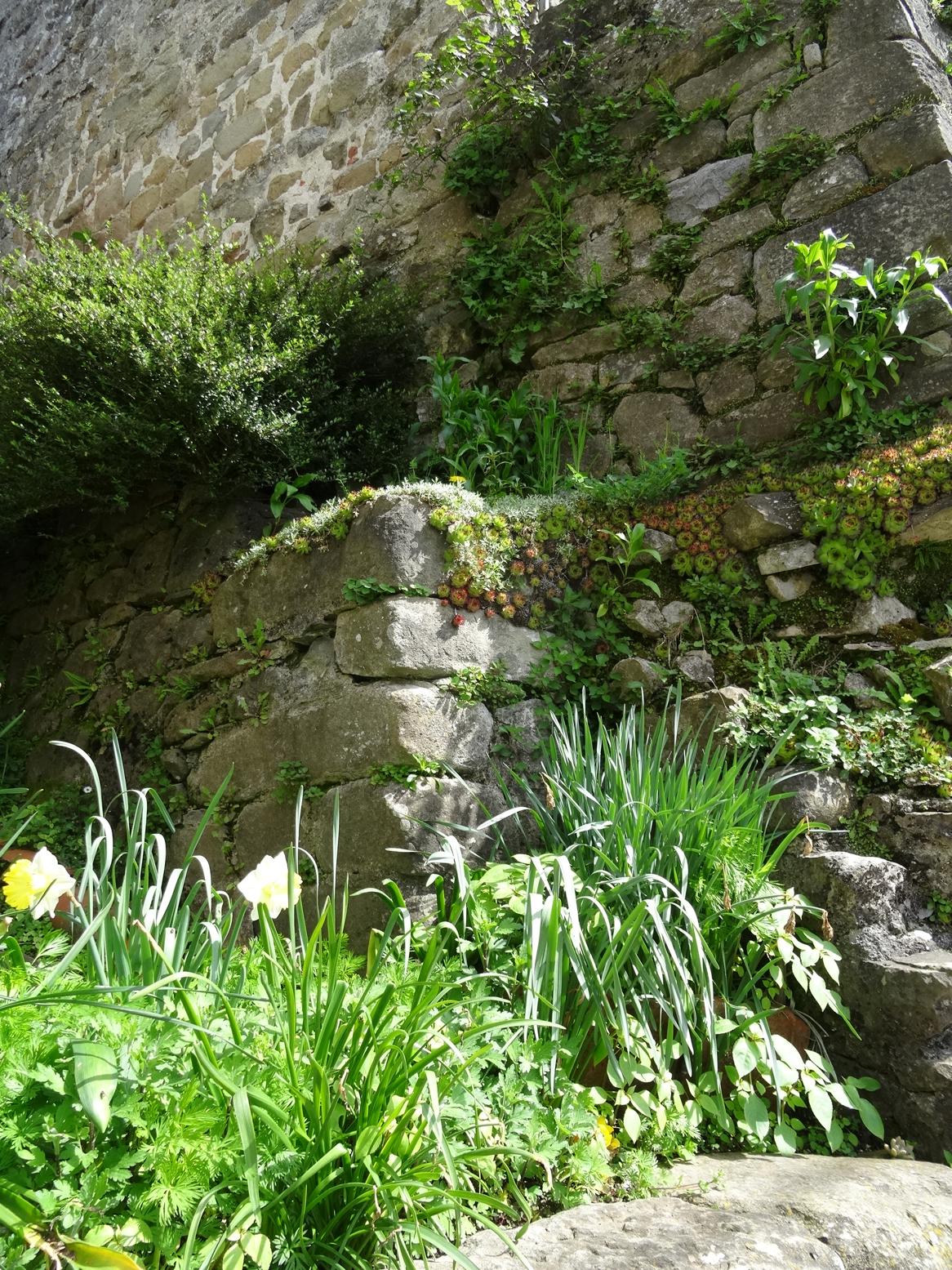
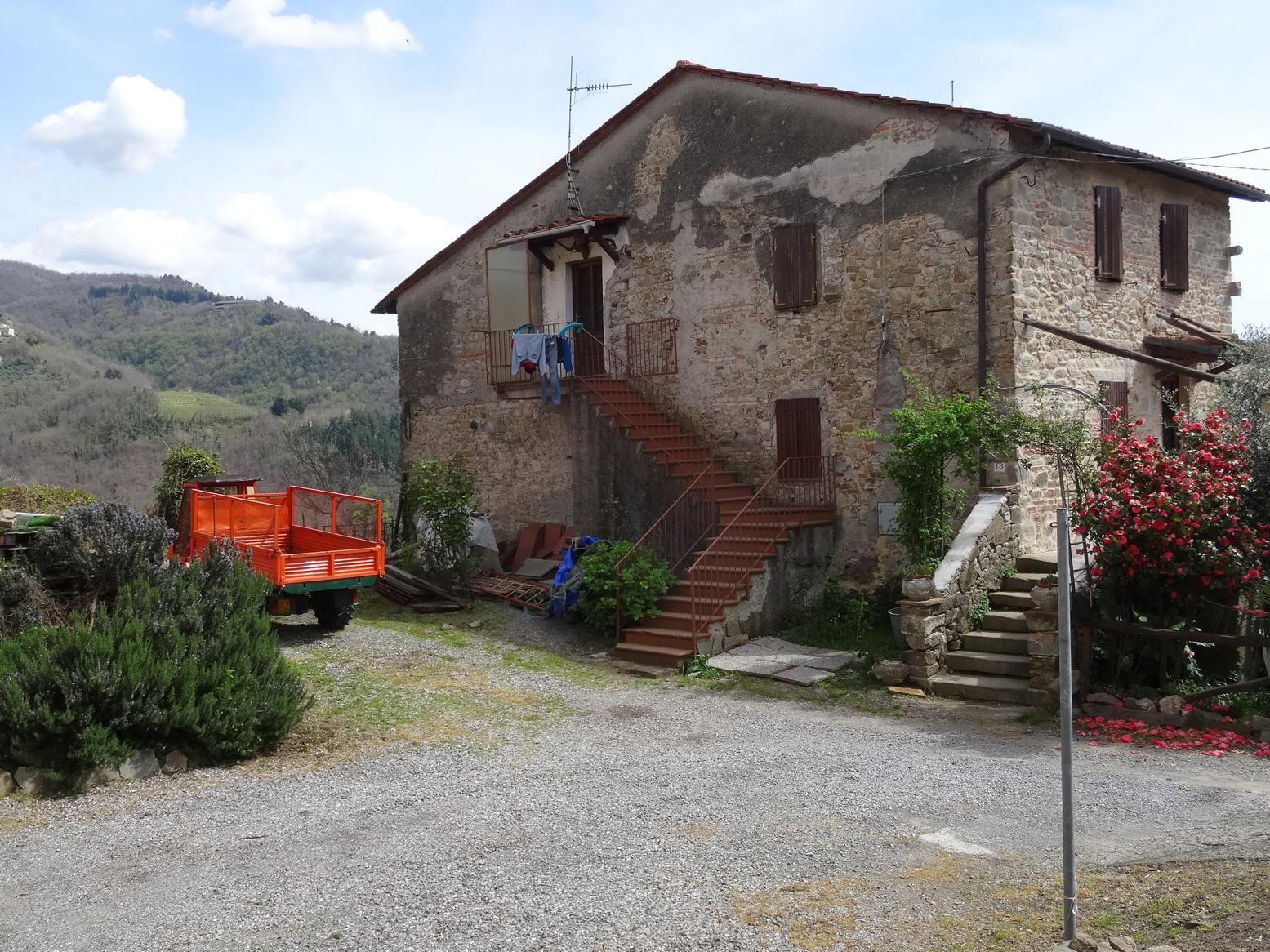
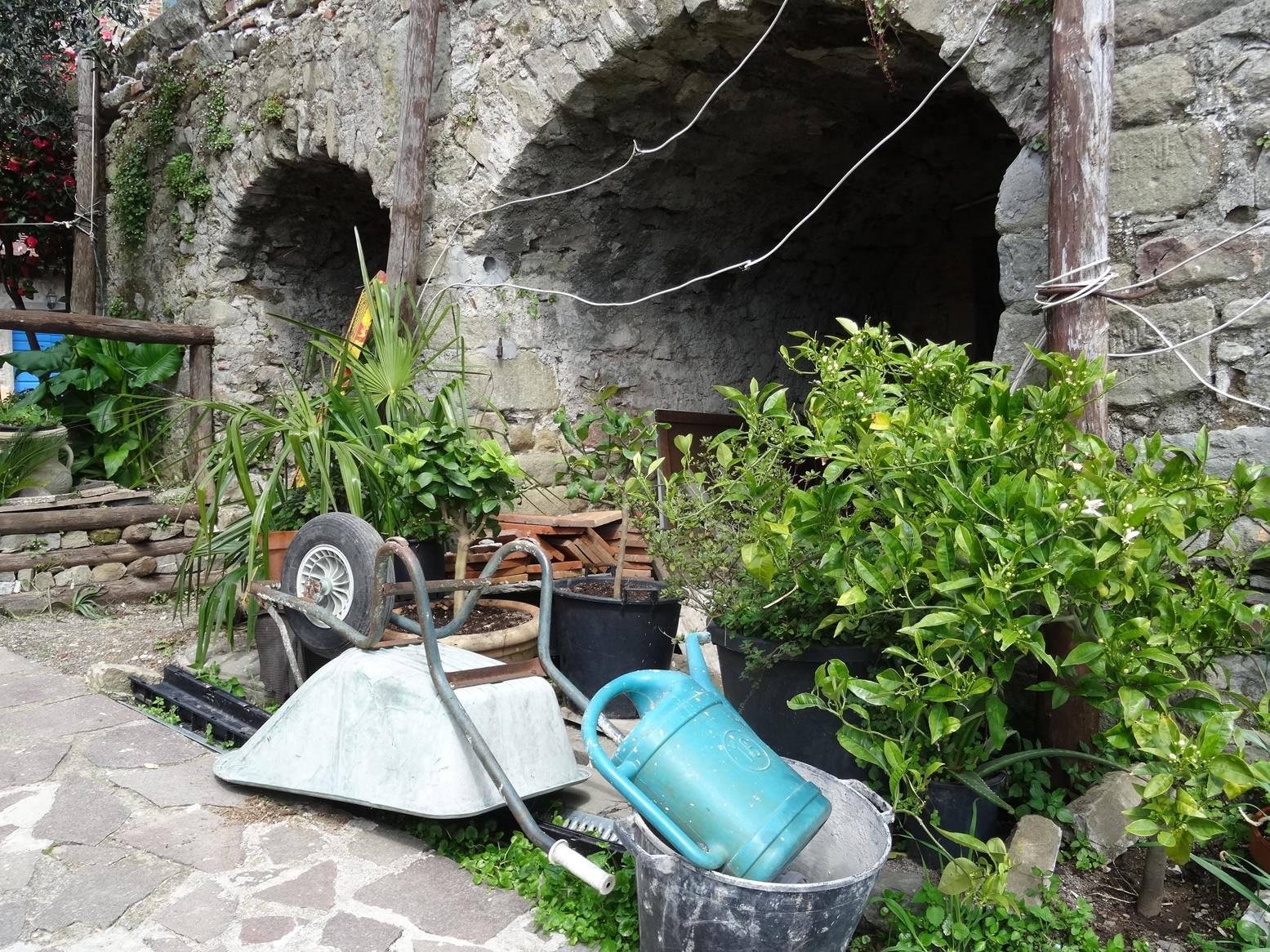
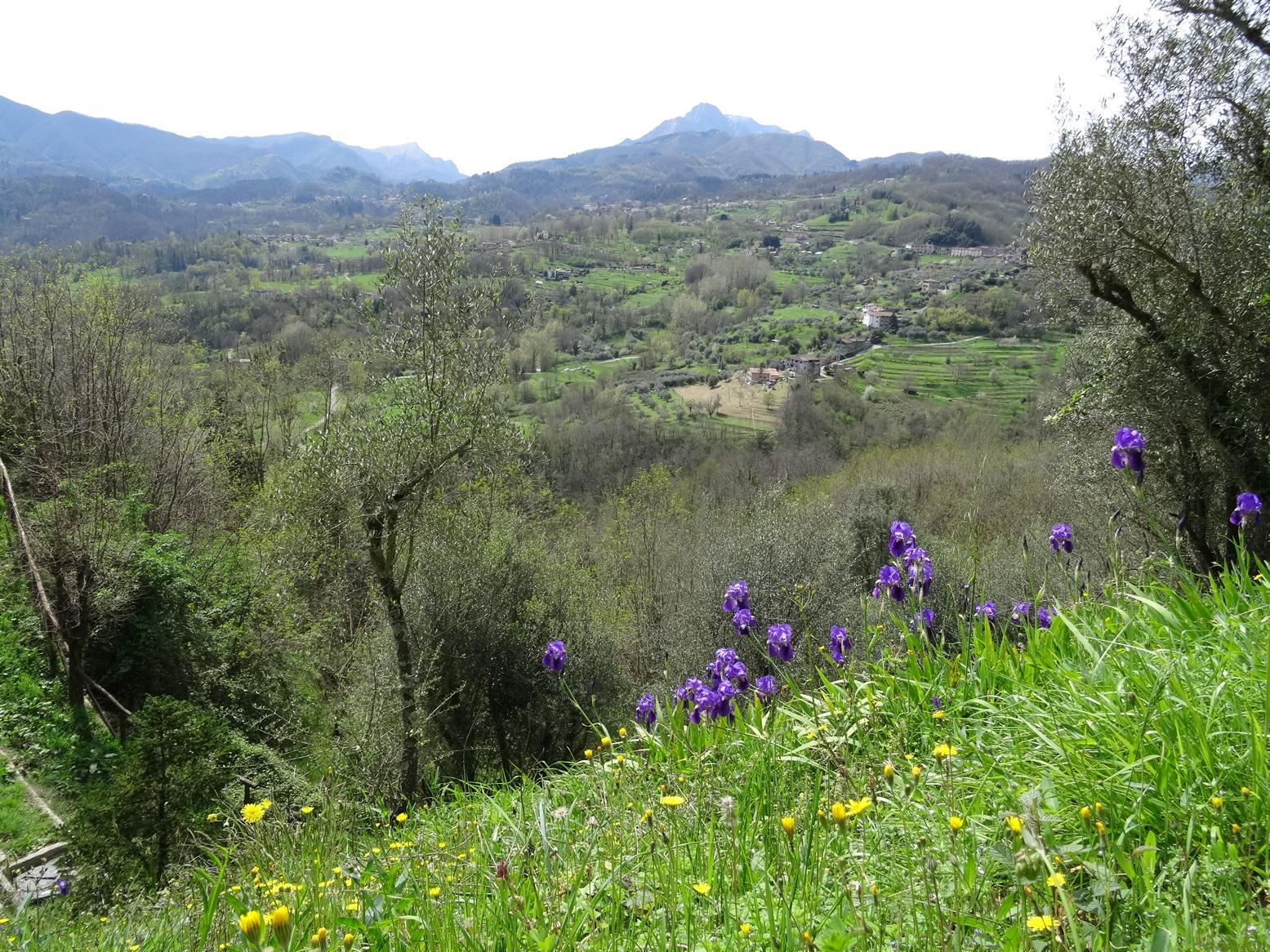
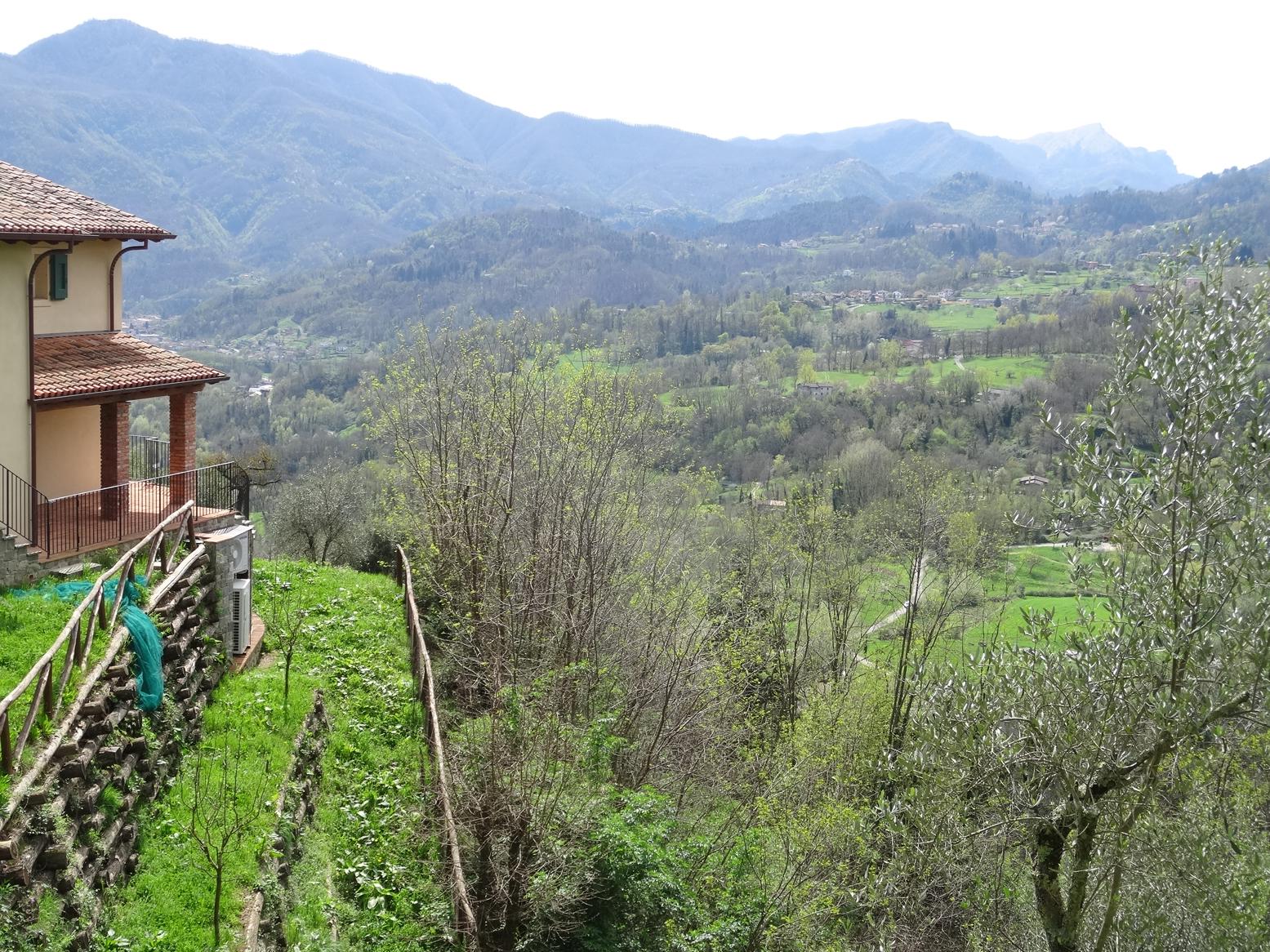
Two small villages – Castiglione di Garafagnana and Castelnuova di Garafagnana both had sturdy fortress walls with amazing turrets … in one town square, a metal sculpture Don Quixote-style of knight and dragon and a wall that looked distinctly like it belonged in a Road Runner Cartoon … in the other, a high Fortress with wild clumps of wallflowers growing out of the wall and smelling deliciously in the evening air. A gang of young children played hide and seek through the maze of nooks and alley ways … their voices echoing happily. No sitting inside on computers!
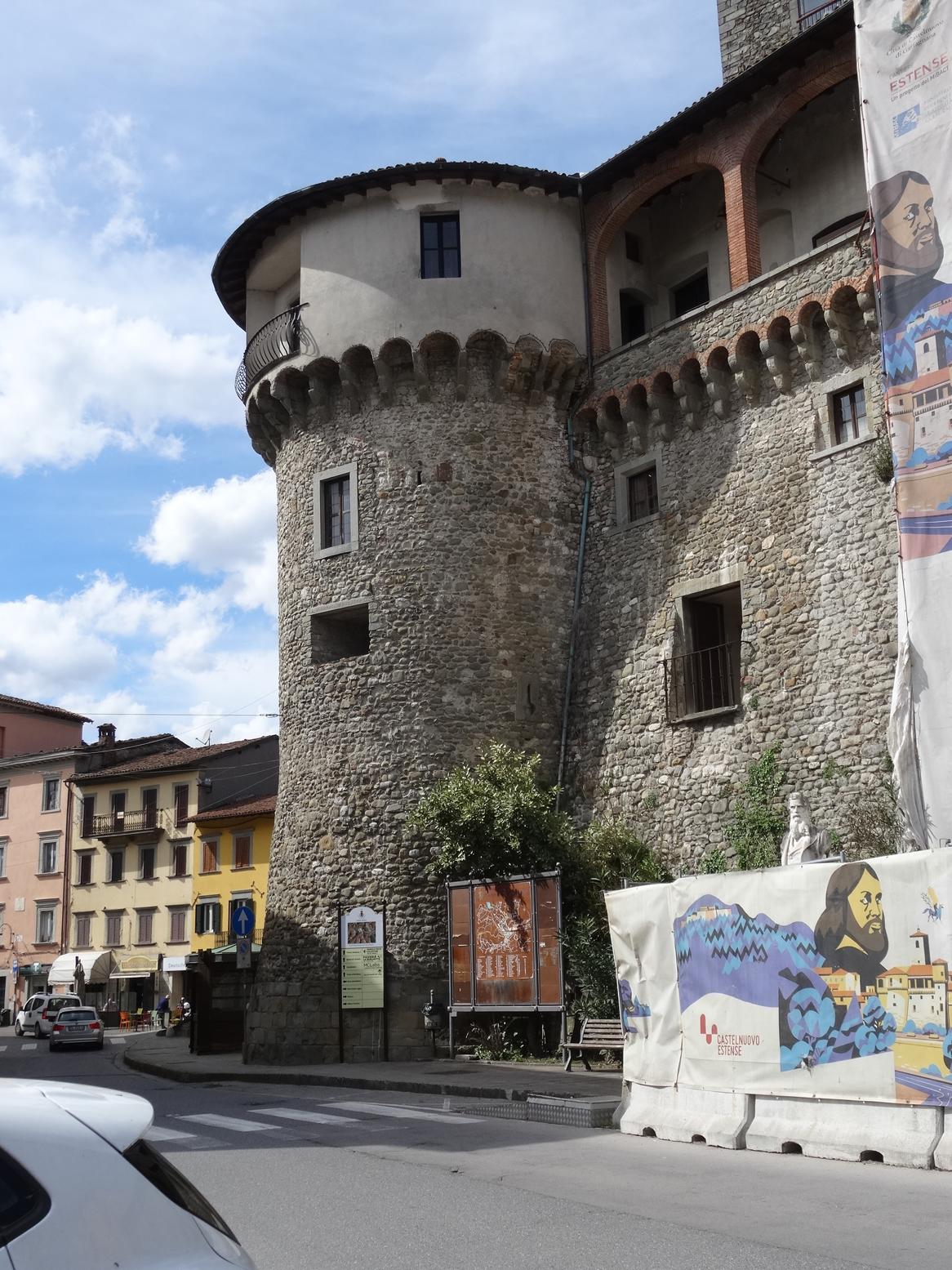
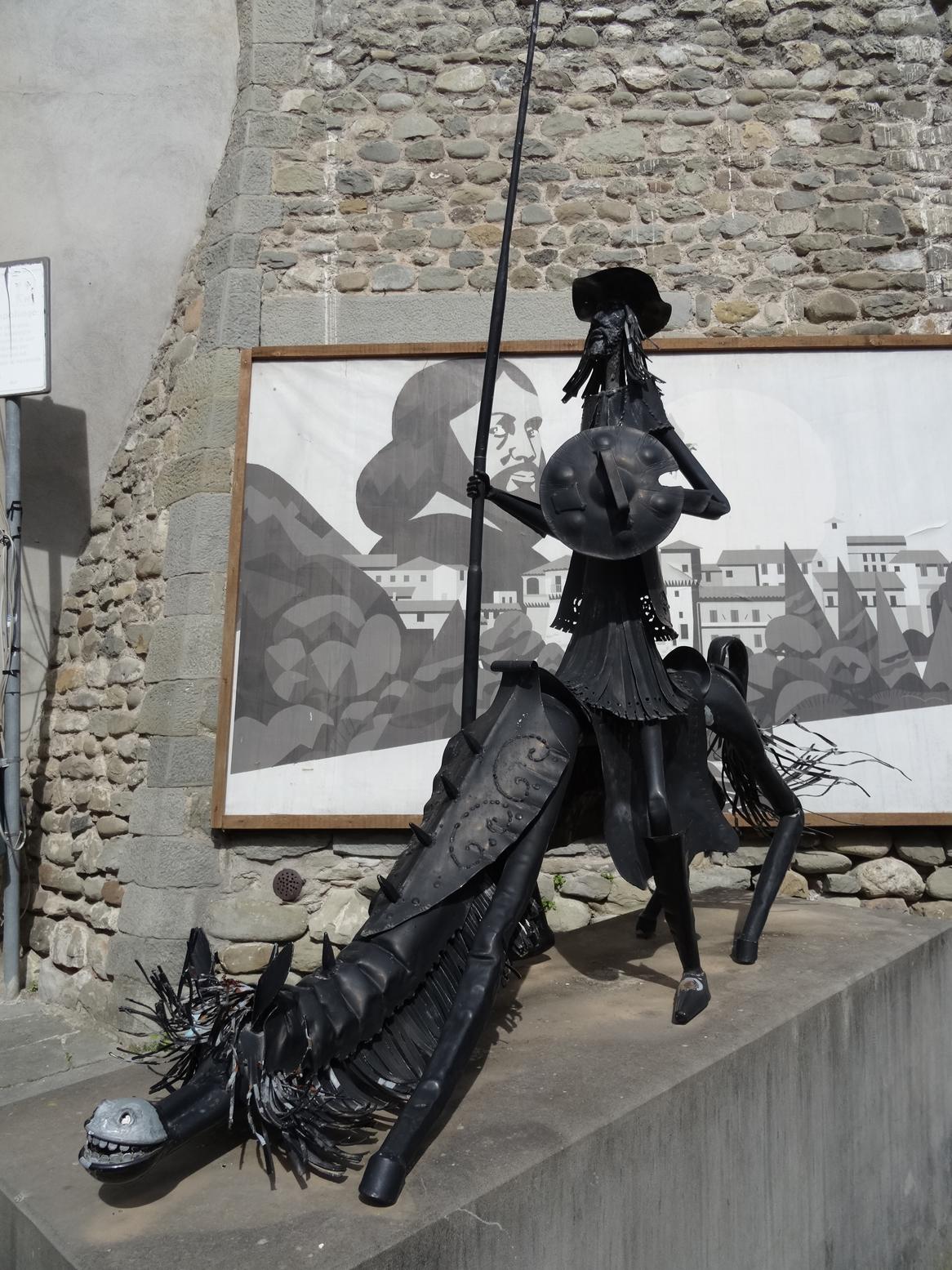
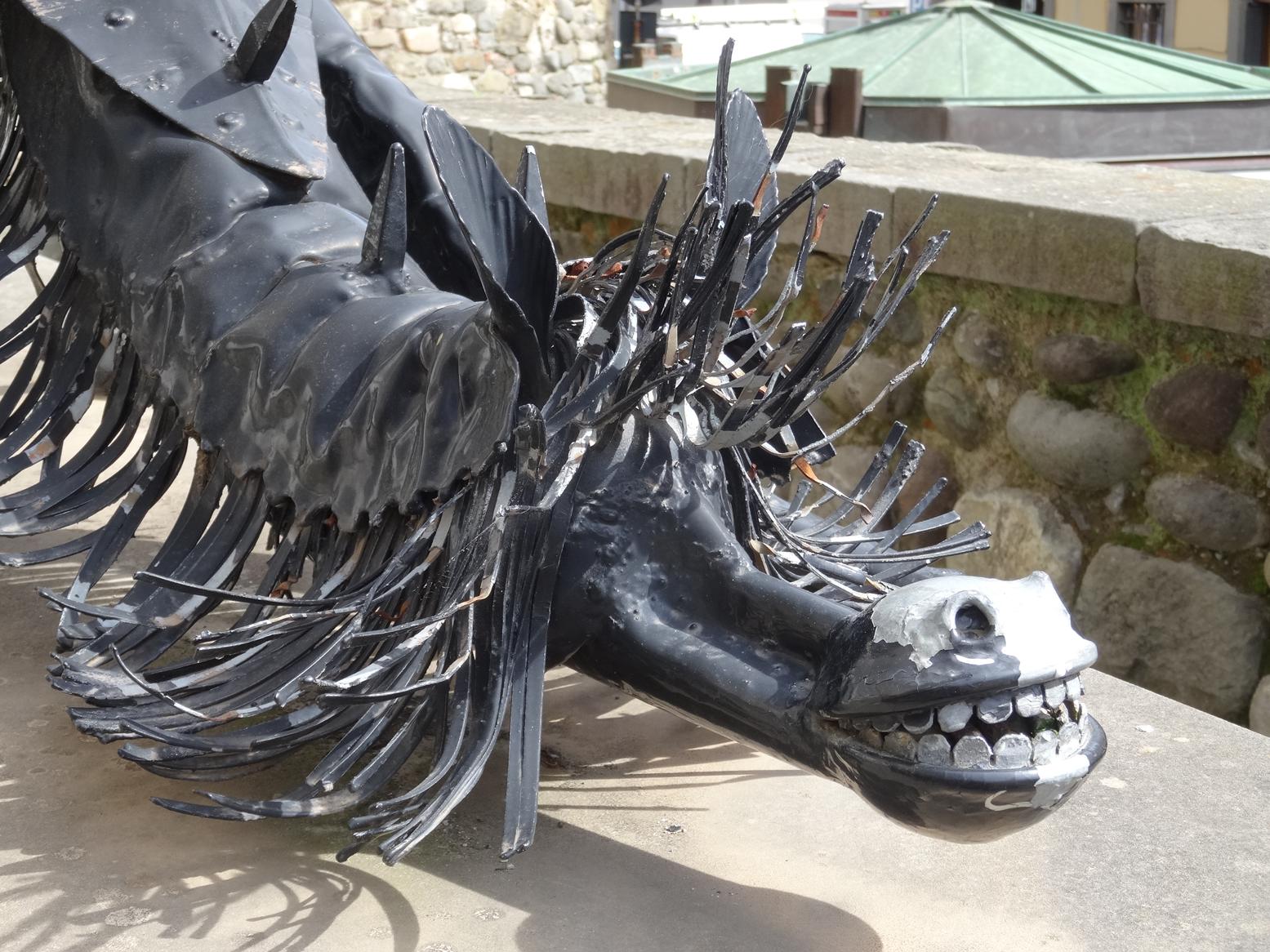
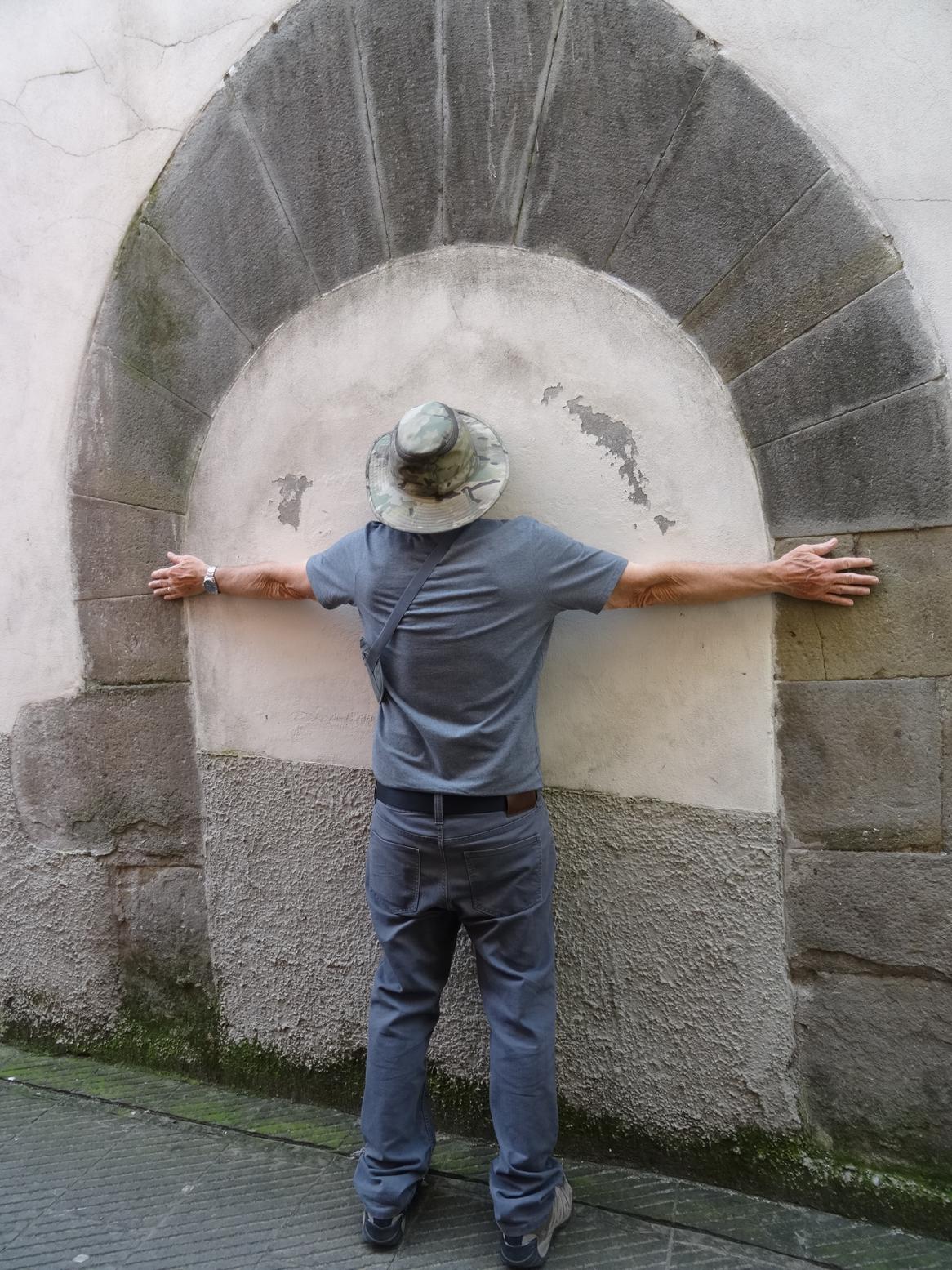
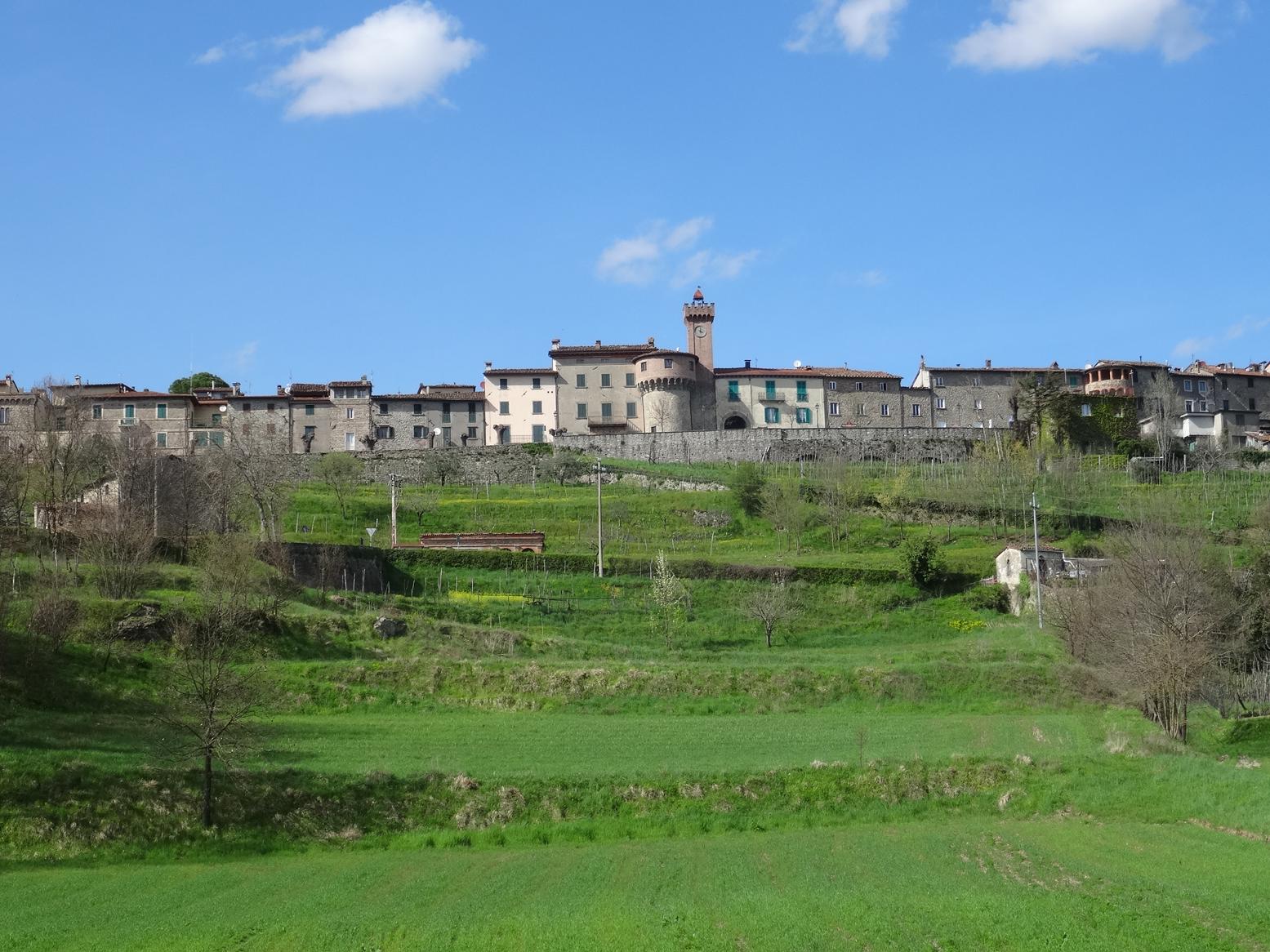
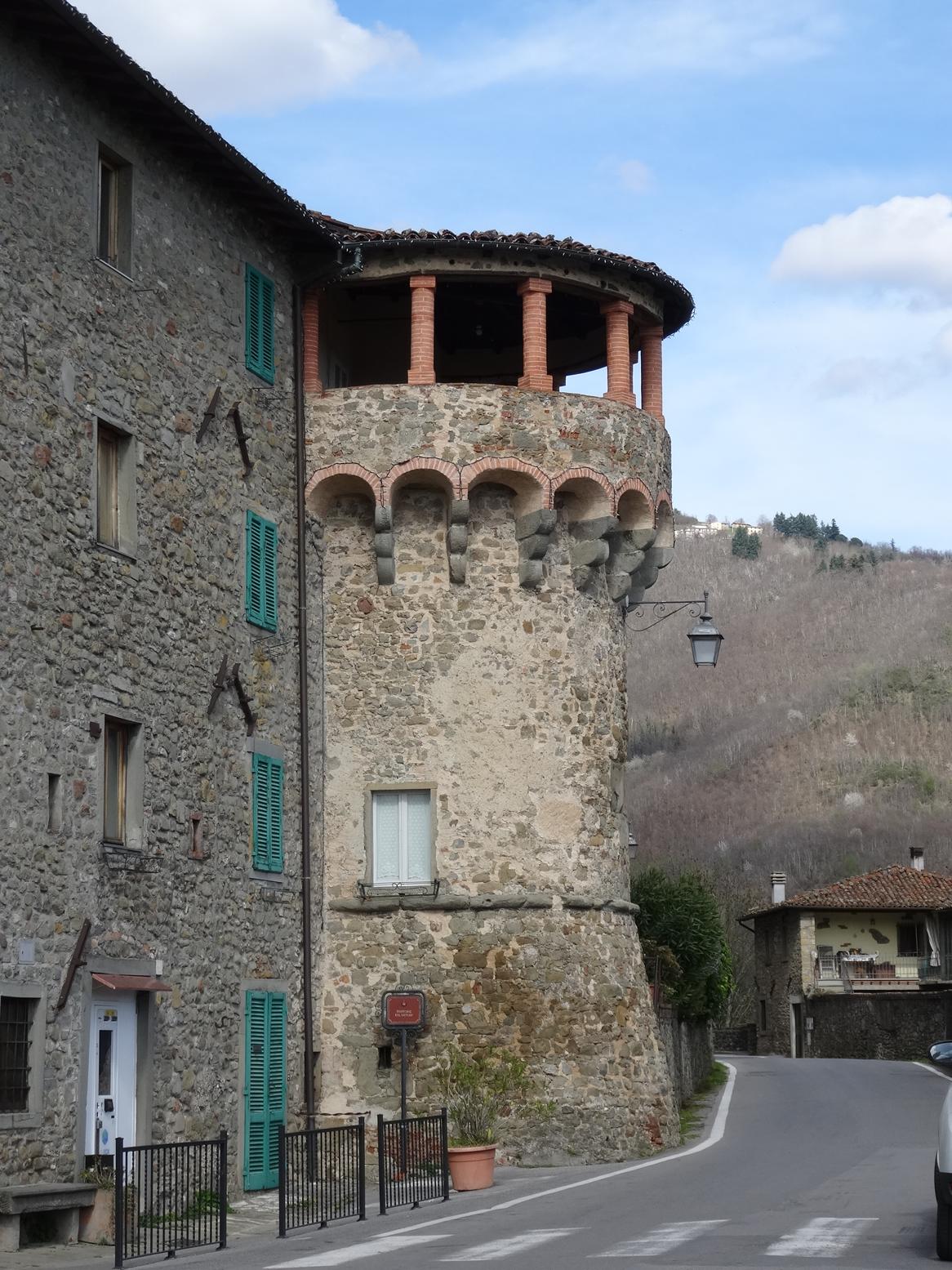
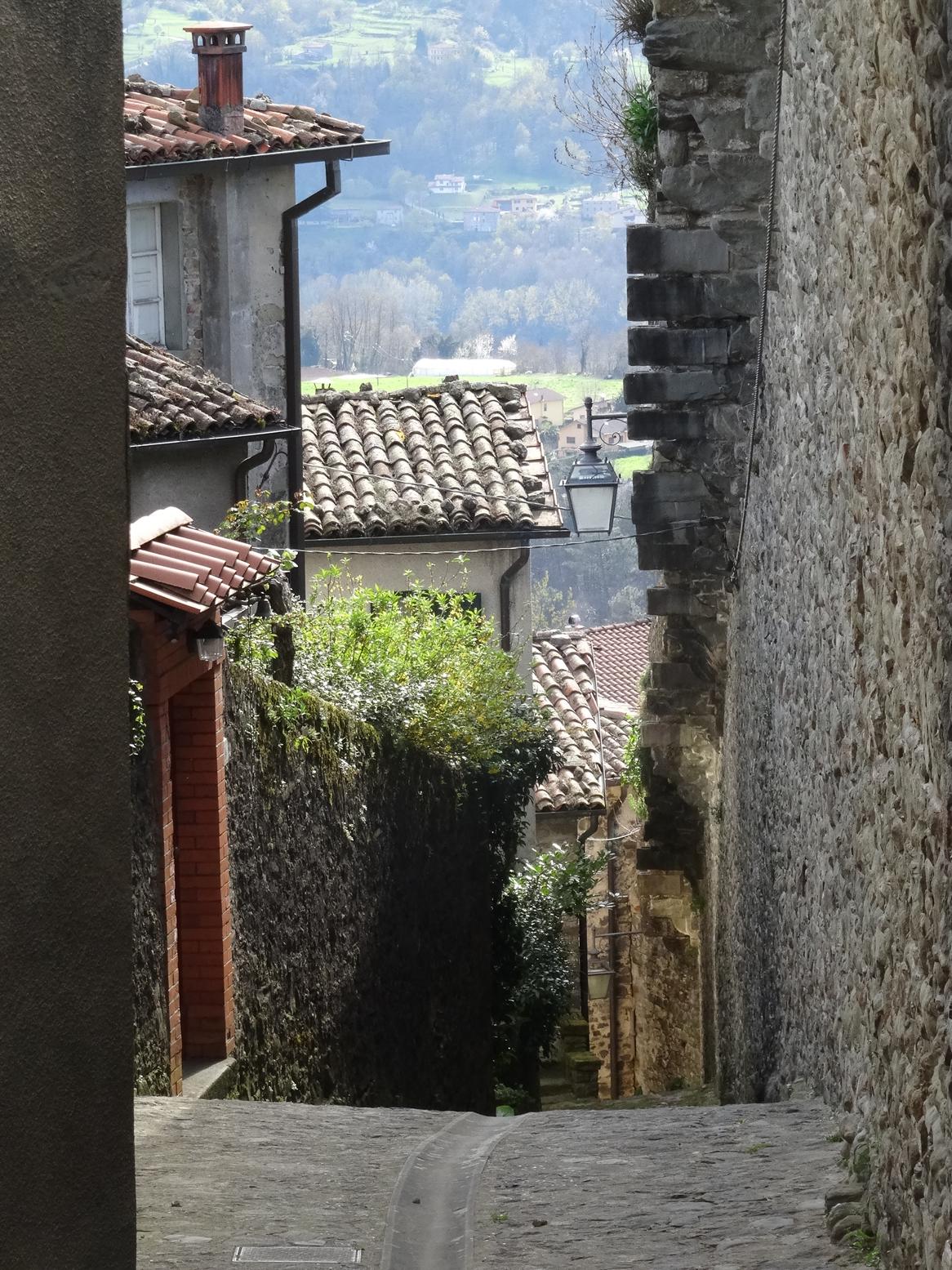
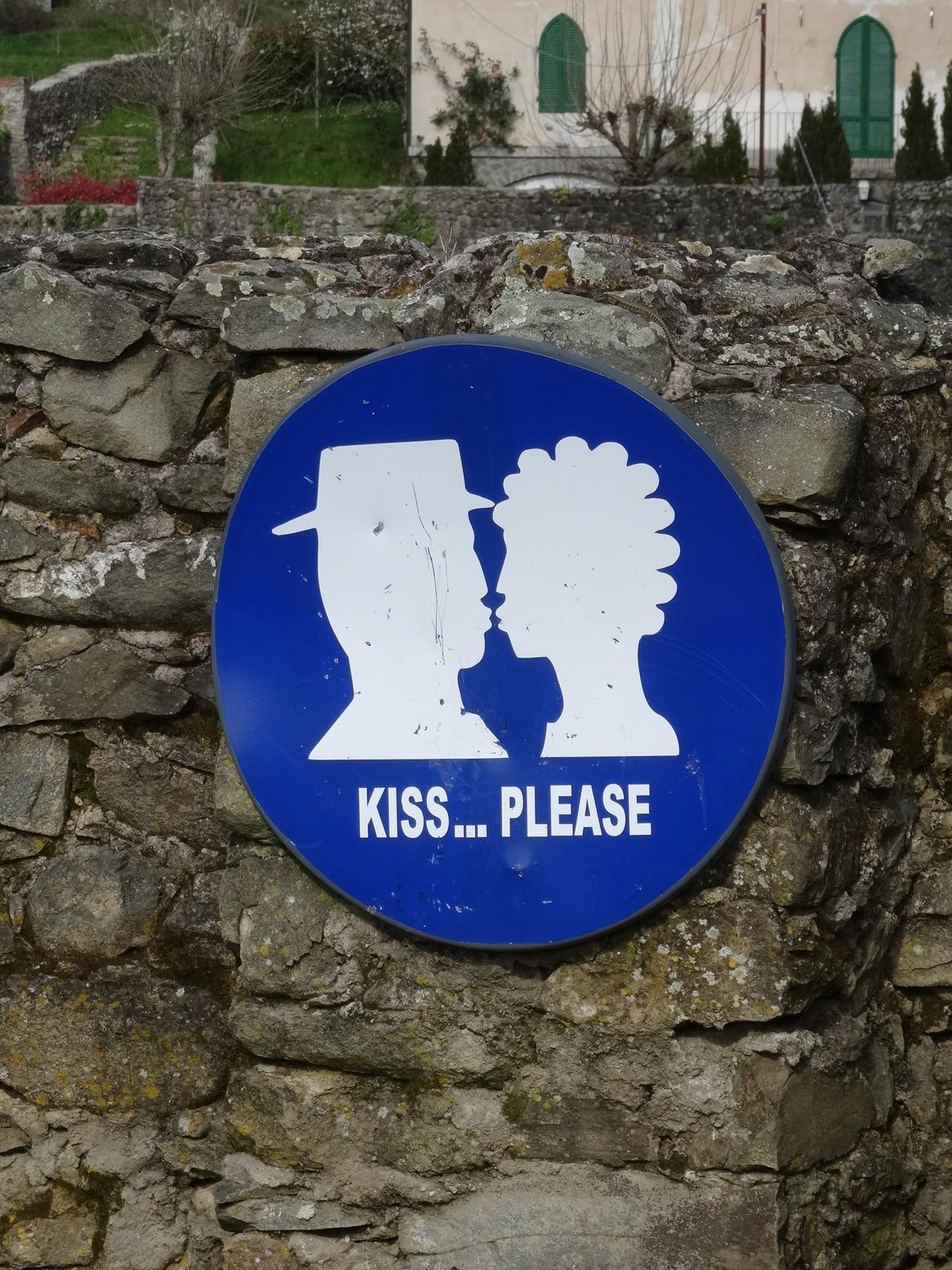
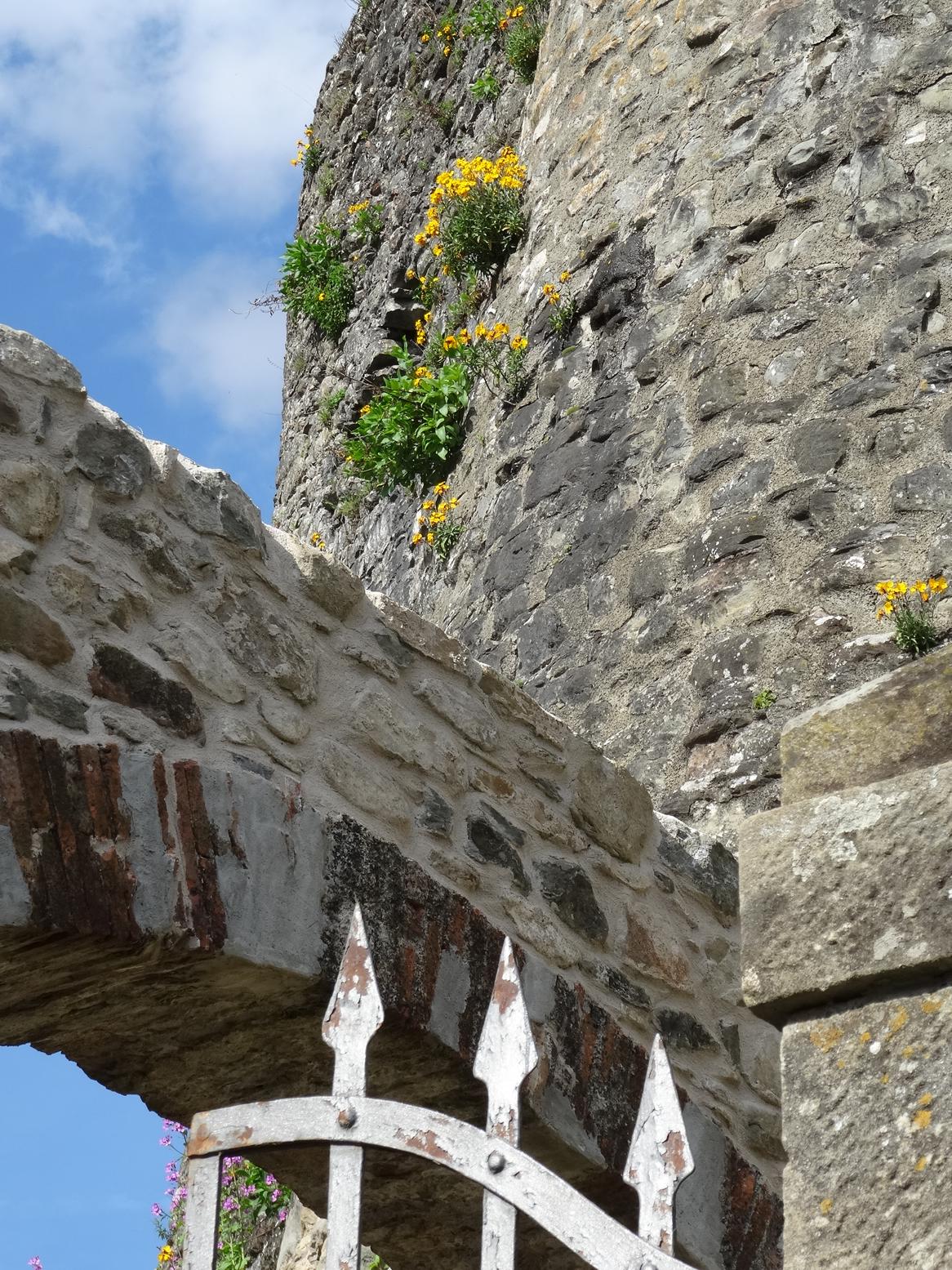
On our way back from picking up the car in Prato we took some of the less traveled routes, going wherever the car’s nose pointed. Although the day had started overcast and threatened rain, the afternoon brought out the sun as we wended our way along dappled, tree-lined avenues in Prunetta and the pretty town of Petaglia on it’s crag overlooking the dense, green valley and the town of Polpiglio nestled into a fold opposite. We were the only ‘outsiders’ so drew some curious glances, especially from one old guy leaning on his walking stick. Even a smile and a “buon giorno” didn’t bring a response … but then I’ve noticed that a lot in Italy, with older men in particular — it’s difficult to get past that inscrutable expression. You have no idea if they are angry, disgusted or indifferent … perhaps all three (grin). Women, on the other hand, will always answer or offer help.
Most eateries tend to close for an afternoon break around 2:00, so when we found a Bistrot just outside Pestoia still open for business, and a handy parking spot, we dived in. Somewhere between a deli, a take out, a cafe and store, there was an enormous selection of homemade dishes arrayed in the refrigerated display counter. Vast containers of Lasagna, polenta, gnocchi … huge round meatballs smothered in tomato sauce … salads of simmered mushrooms or peppers … one with barley and vegetables. Although the owner’s English was sketchy (and our Italian even worse), several of the customers leapt in with translations and suggestions. One is supposed to set one’s own table with brown paper place mats and cutlery, then wait for the food to be reheated (if hot) and brought to the table. Everything was absolutely delicious – but especially the lasagna and mushrooms. “There’re desserts”, I prompted. Sure enough a display case groaned with a large apple cake, an apricot crostada, crunchy chocolate confections, plus dishes of creme brulee and tiramisu. We opted for apple cake and a tiramisu to share. Both good … but the tiramisu was outstanding … quite unlike any other. None of your light whipped cream and dustings of cocoa powder … this was rich and dense with creme Anglaise, delicate cake, chunks of chocolate and a shot of hot espresso poured over at the last minute. Indescribably delicious. We rolled out of there satiated and mellow. https://www.algustogiusto.it/gastronomia-rosticceria-pistoia/ scroll down for great pictures.
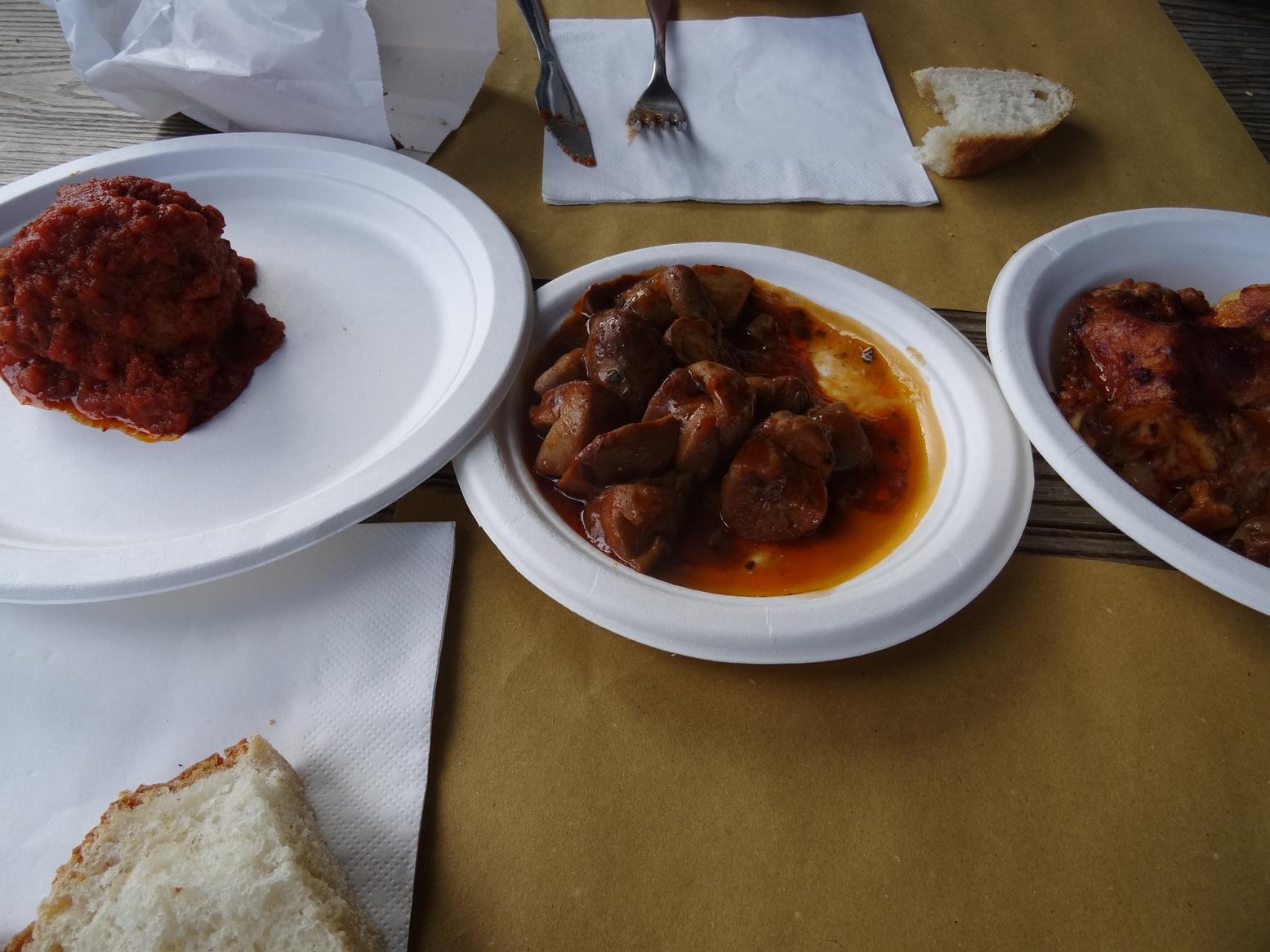
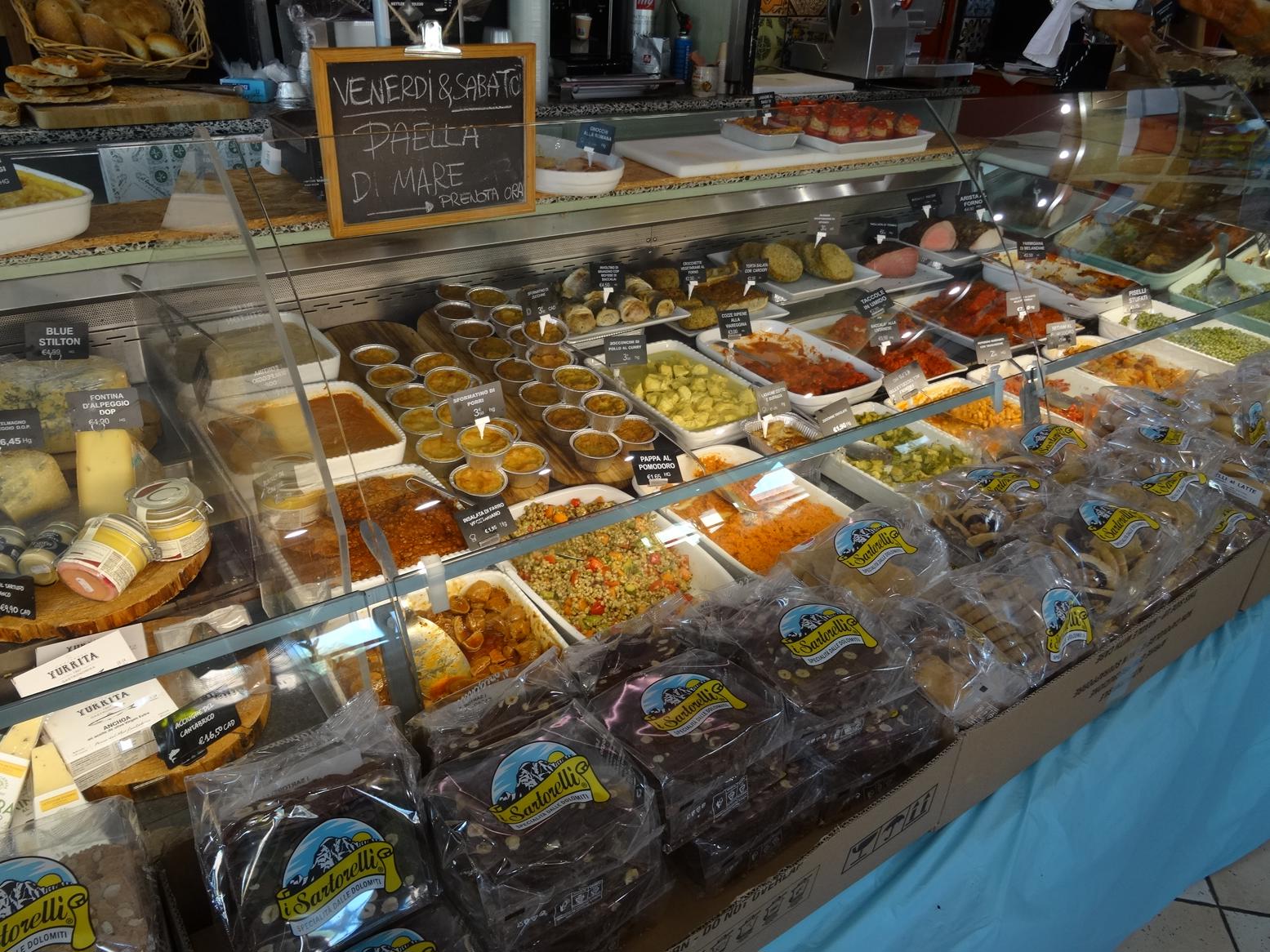
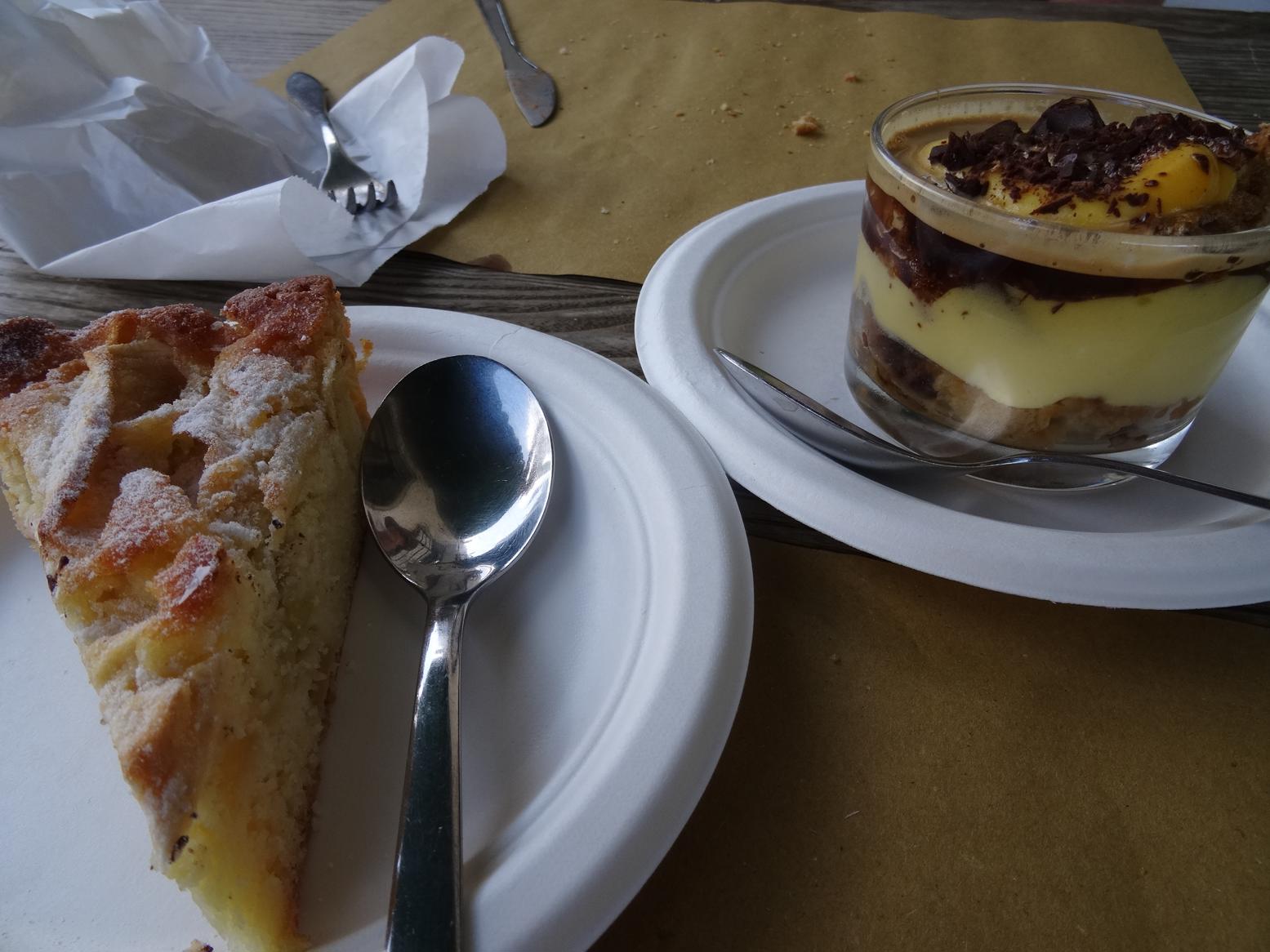
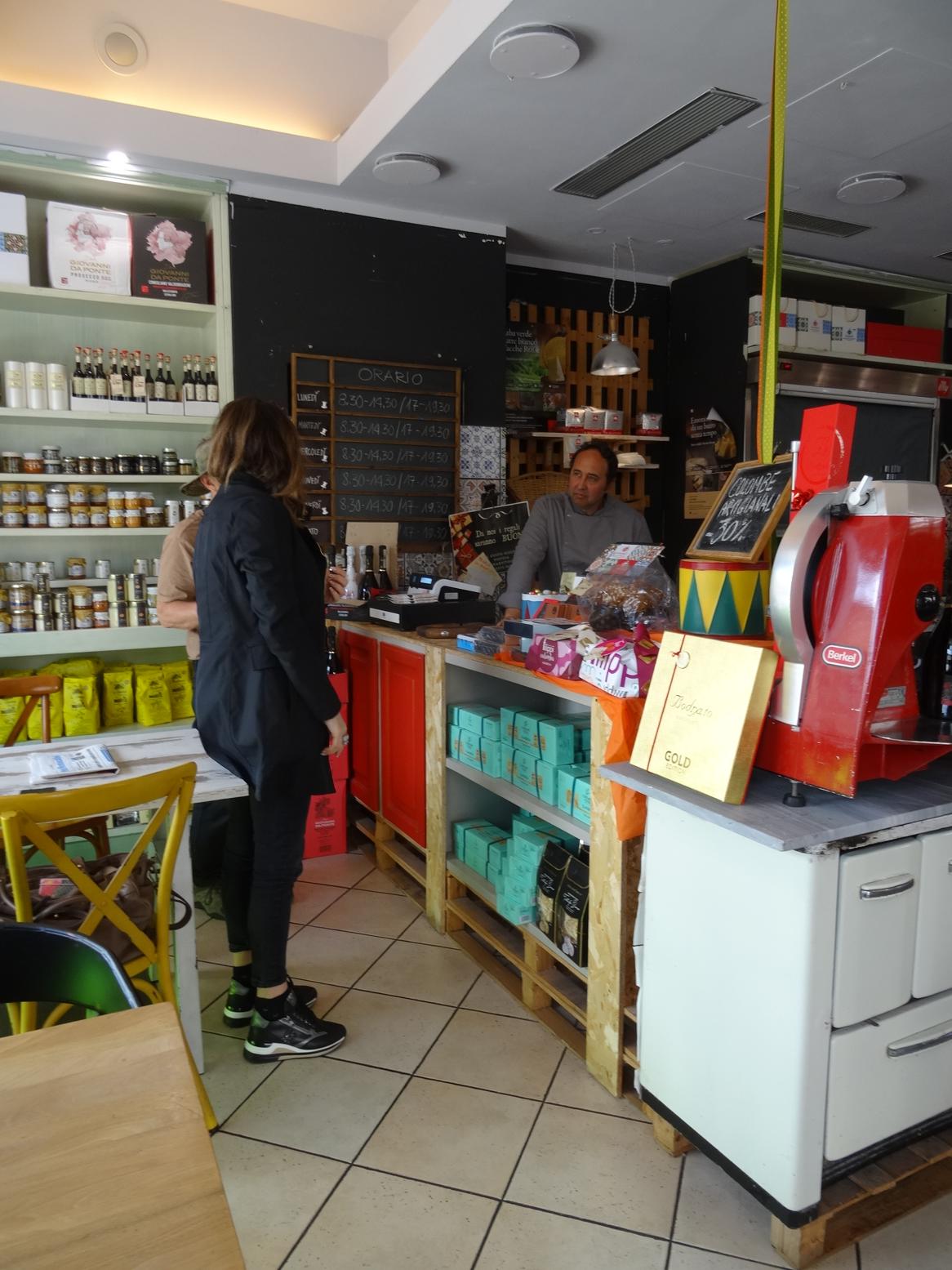
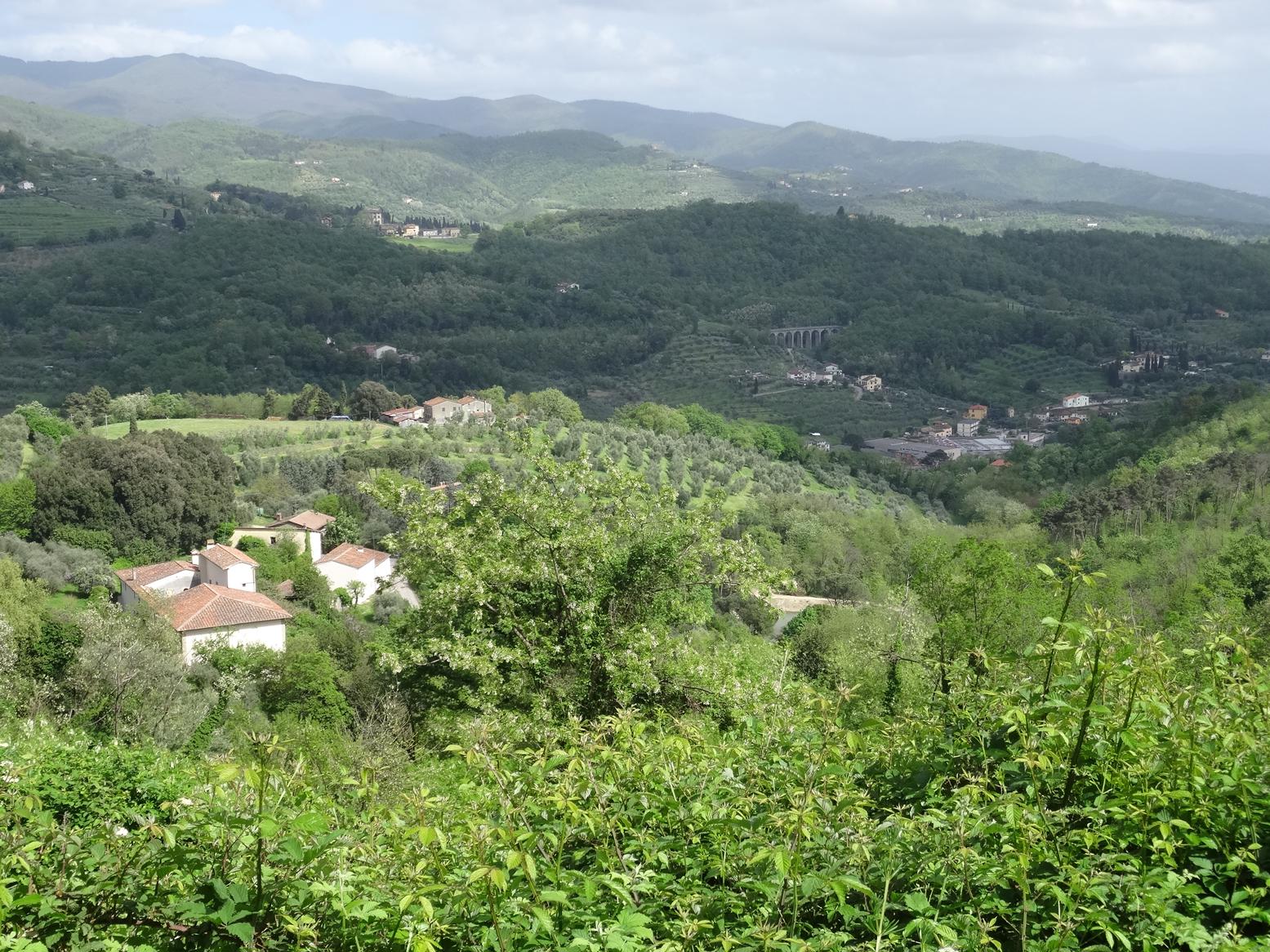
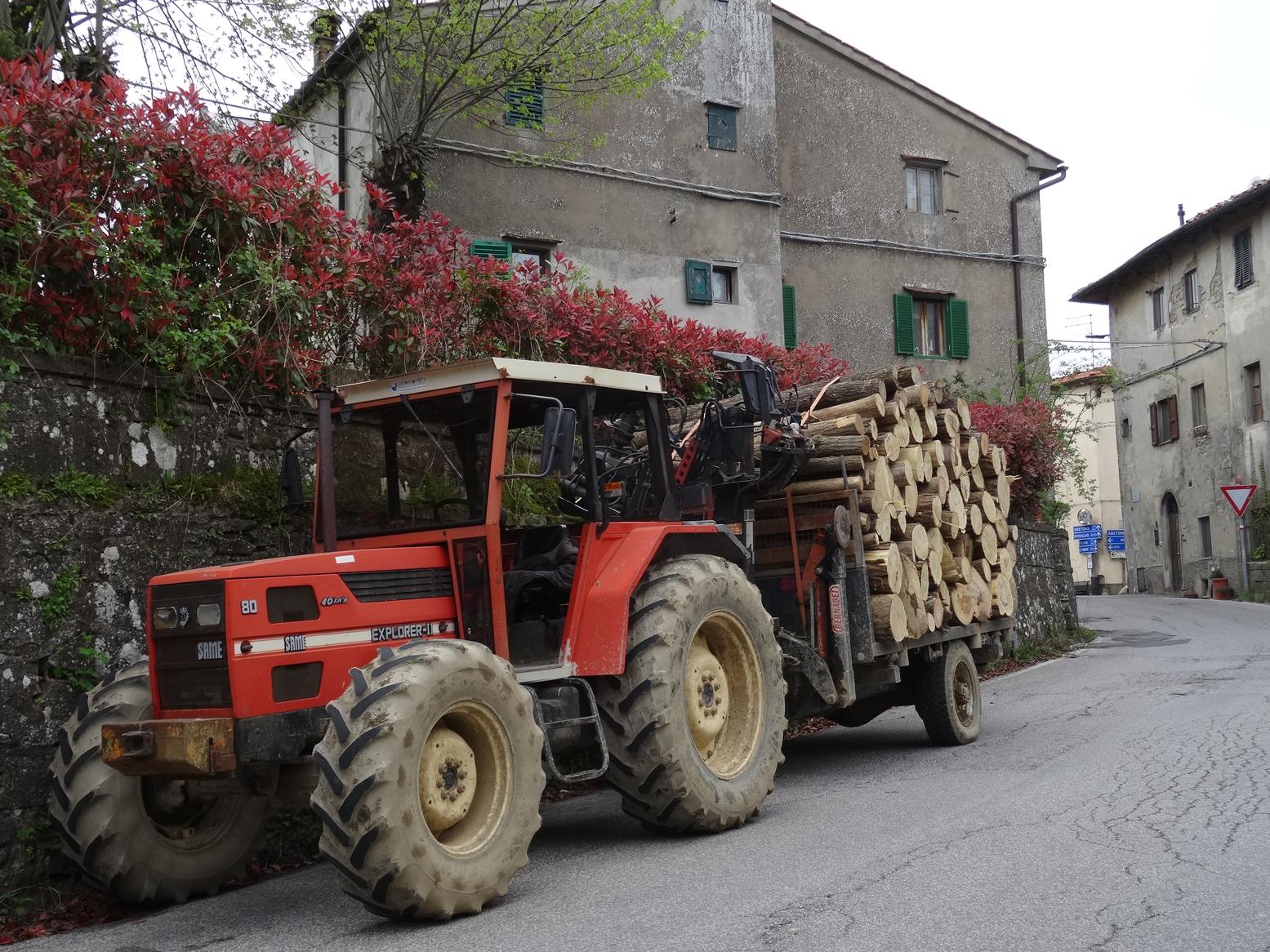
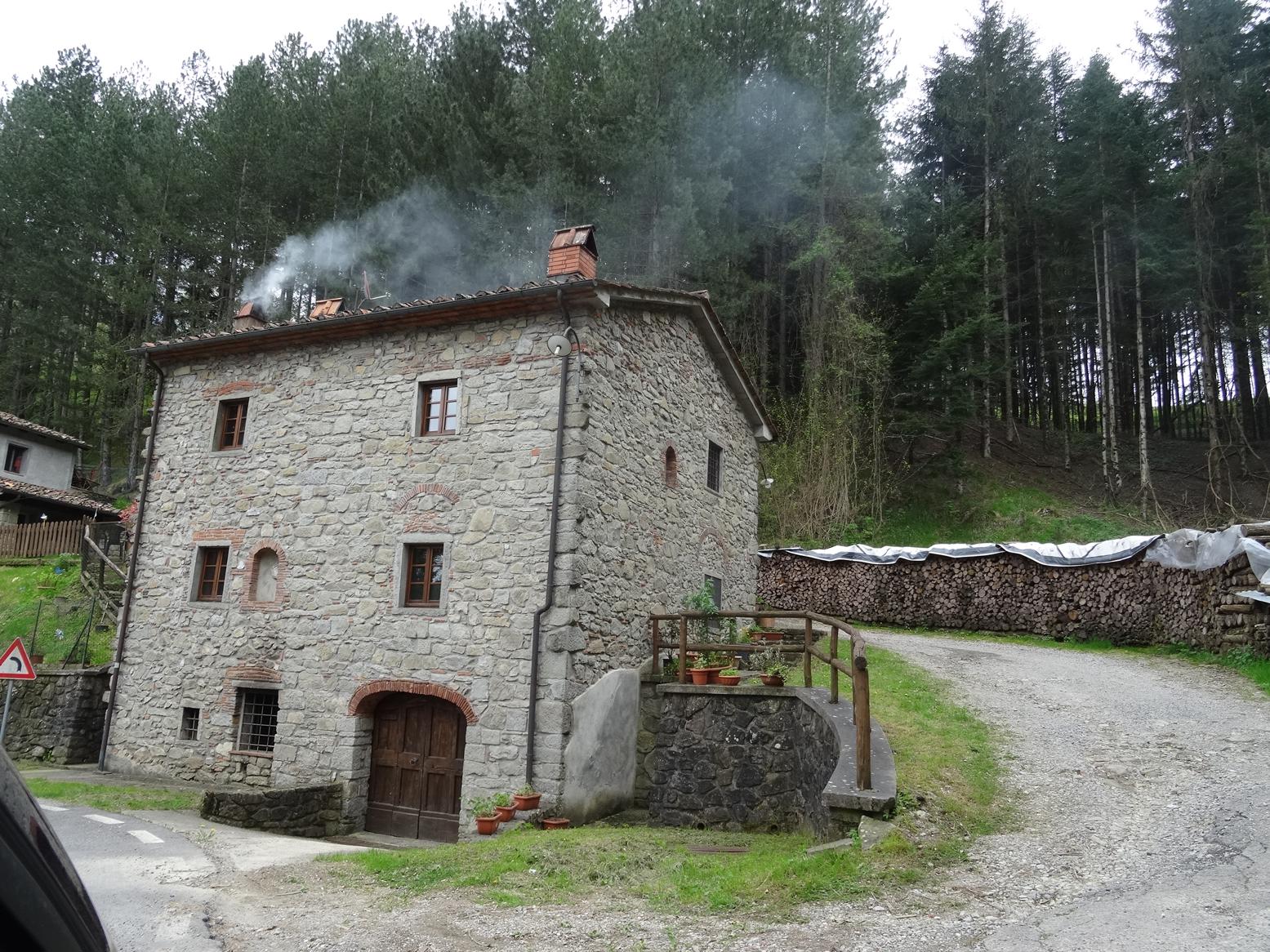
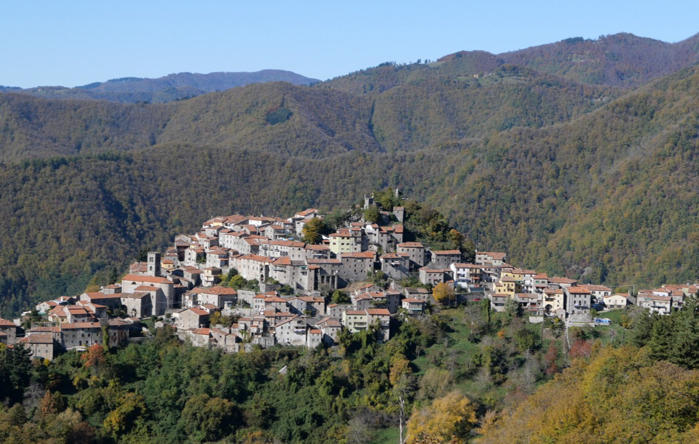
The way home took us through the dramatic Bagni di Lucca gorge … 27 tiny communities form this “bathroom of Lucca” region – most straggle gayly along both sides of the river – and it’s actually difficult to see where one ends and another begins. Steep, narrow, verdant with the river Lima tumbling along the bottom. Slow and serene when we were there, but after heavy rains it becomes a worrying torrent, thundering down and threatening to burst its banks. Trails and rafting tours are popular, but the main attraction are the variety of bridges which cross over. Although not officially part of Bagni di Lucca (it’s on the Serchio river), it’s generally accepted that the Ponte della Maddalena is included. The bridges vary in shape and design … from suspension to wood to stone. There’s a particularly impressive one at Catene — the first wood and iron bridge in Italy. Built by the same guy who erected the aqueduct near us (Lorenzo Nottolini). When the original stone bridge was washed out in 1840, he traveled to England and was so impressed with Hammersmith Bridge and the Clifton Suspension bridge, he copied their construction.
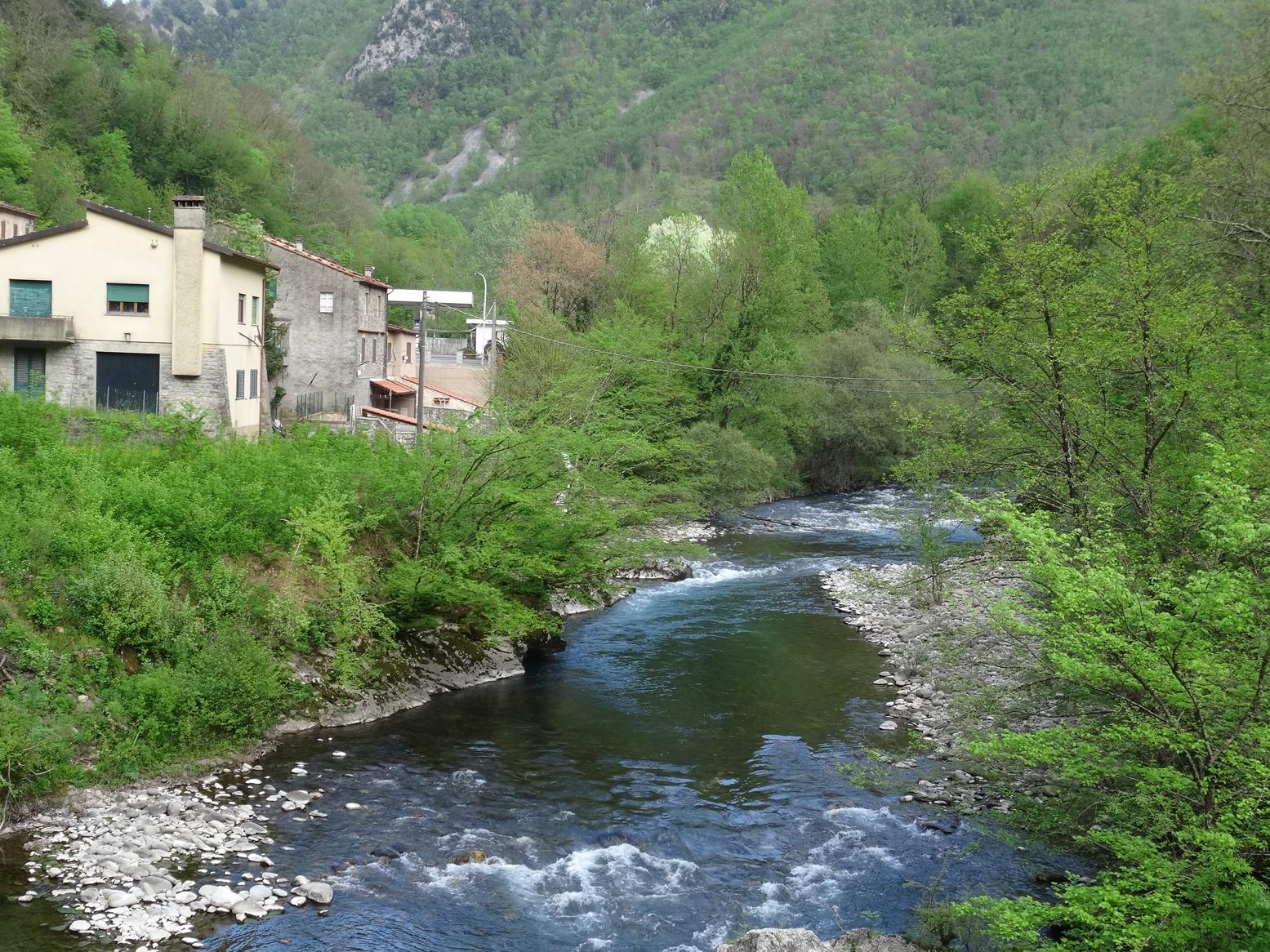
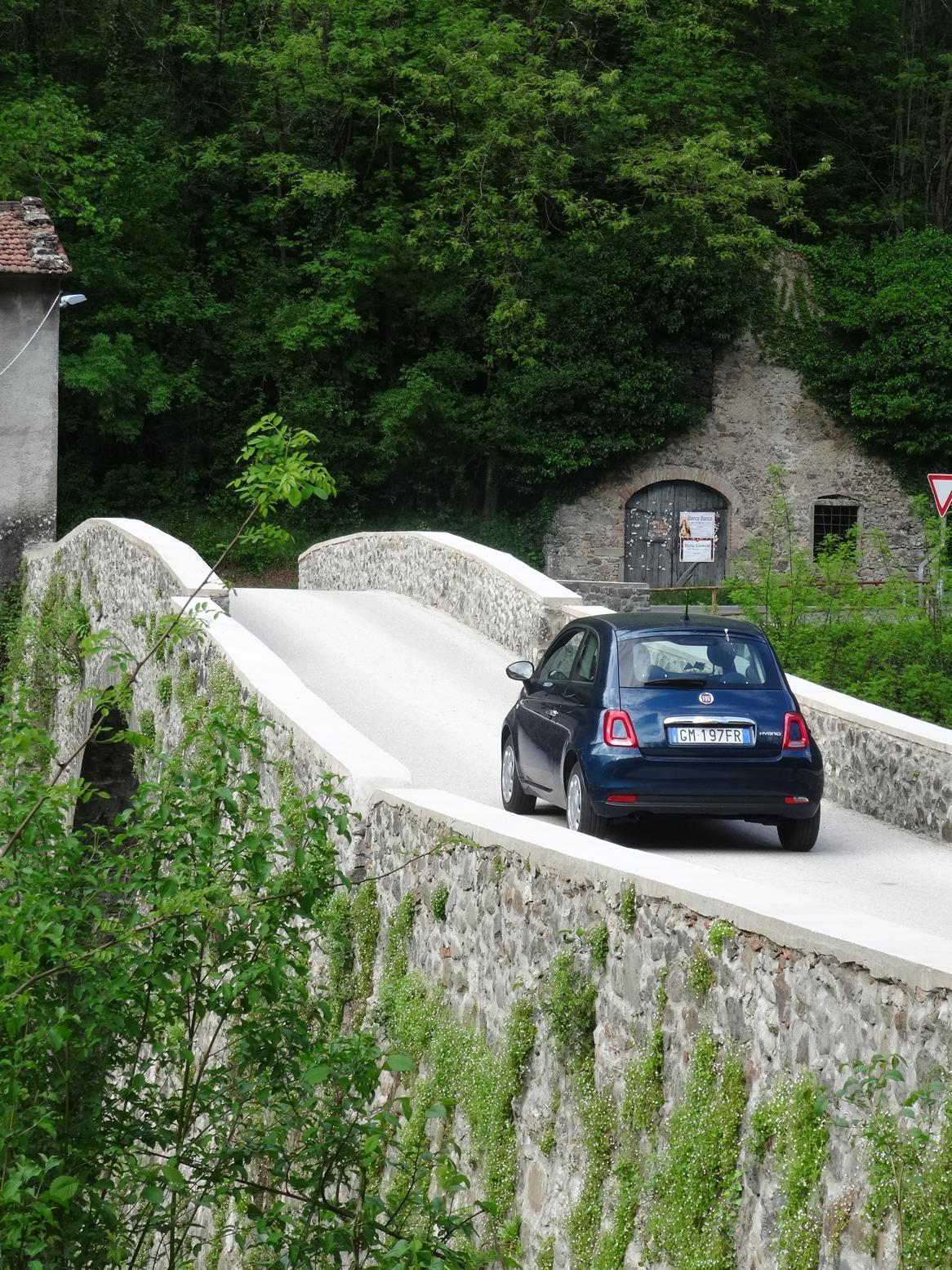
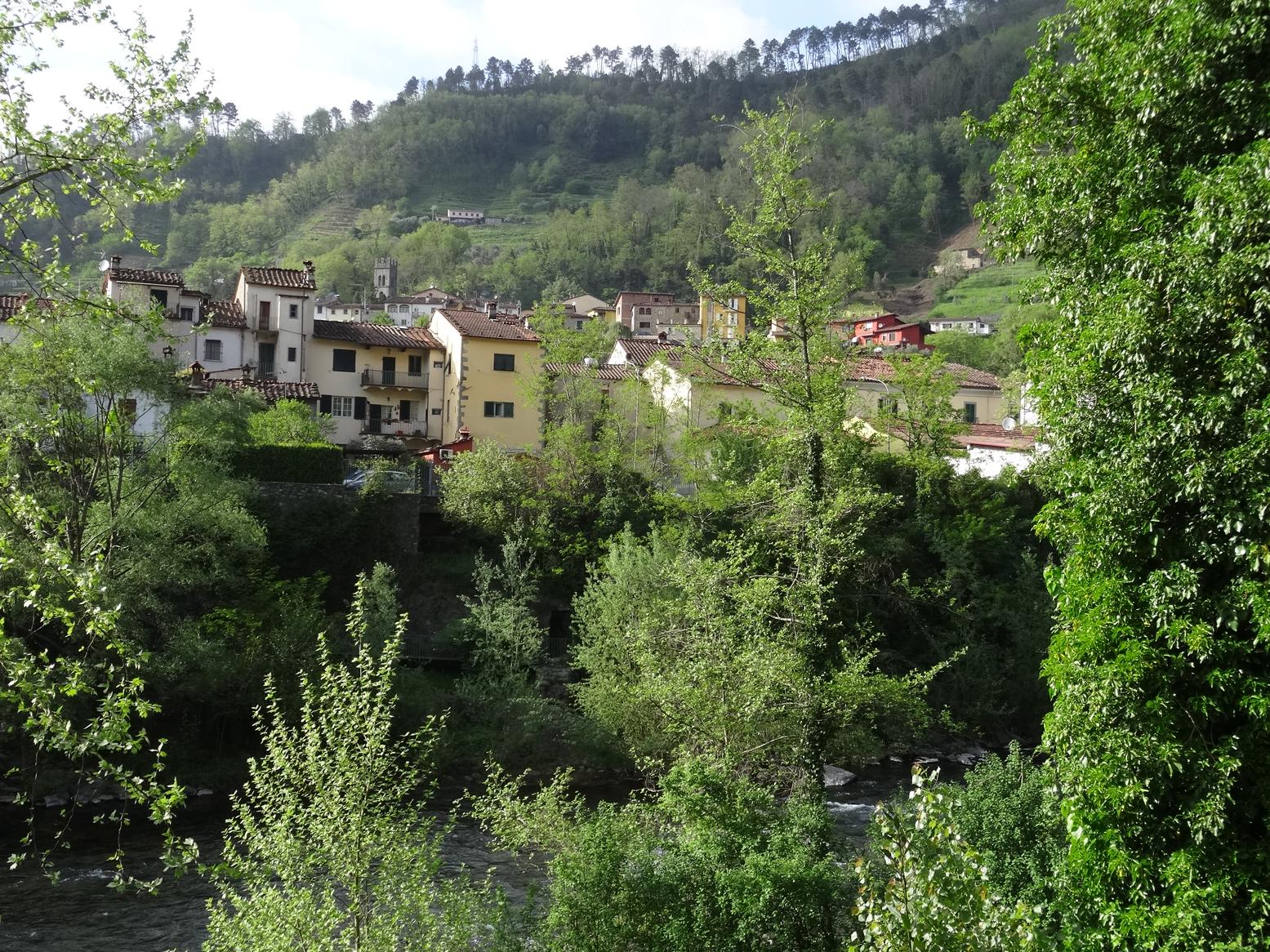
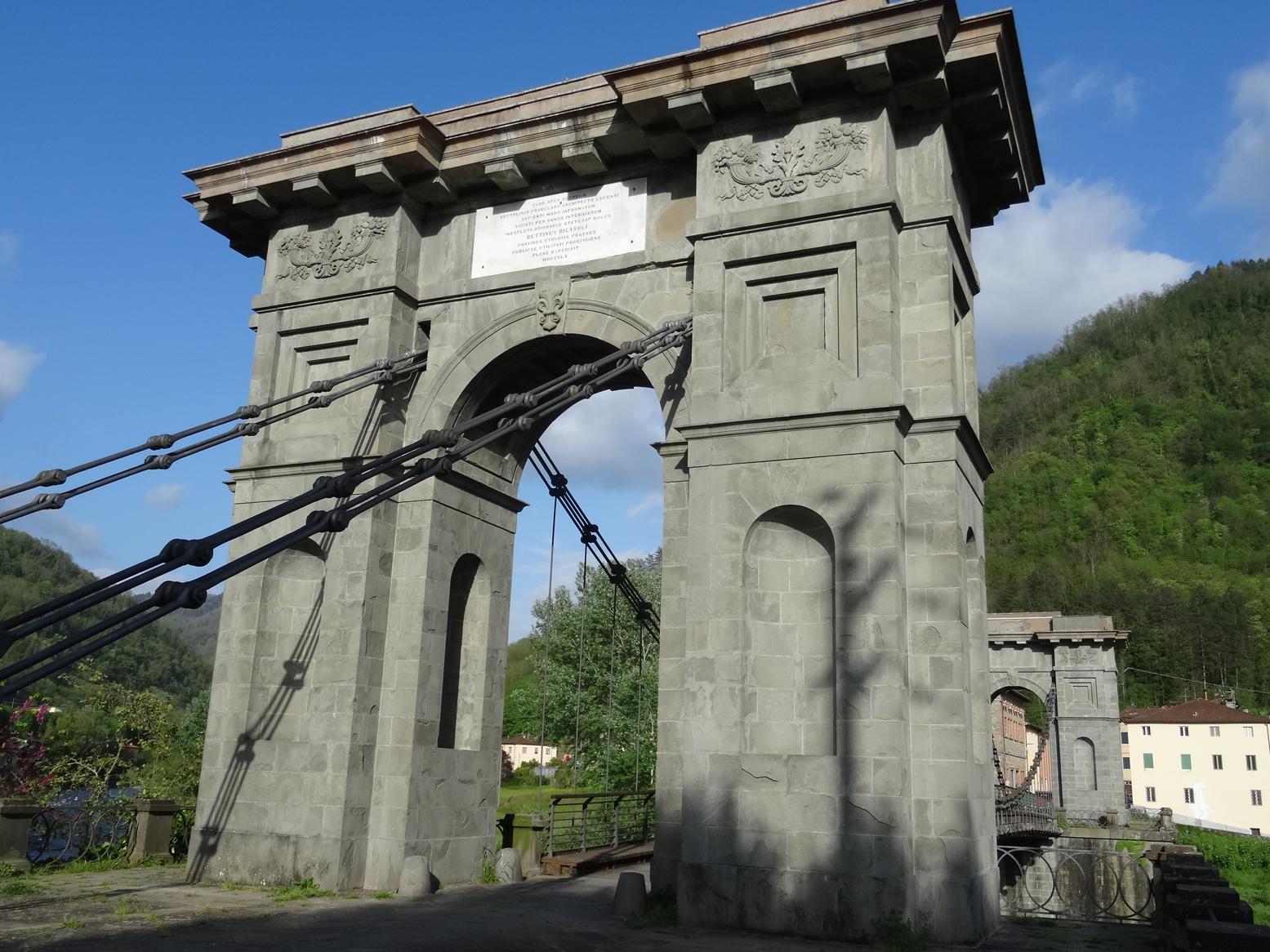
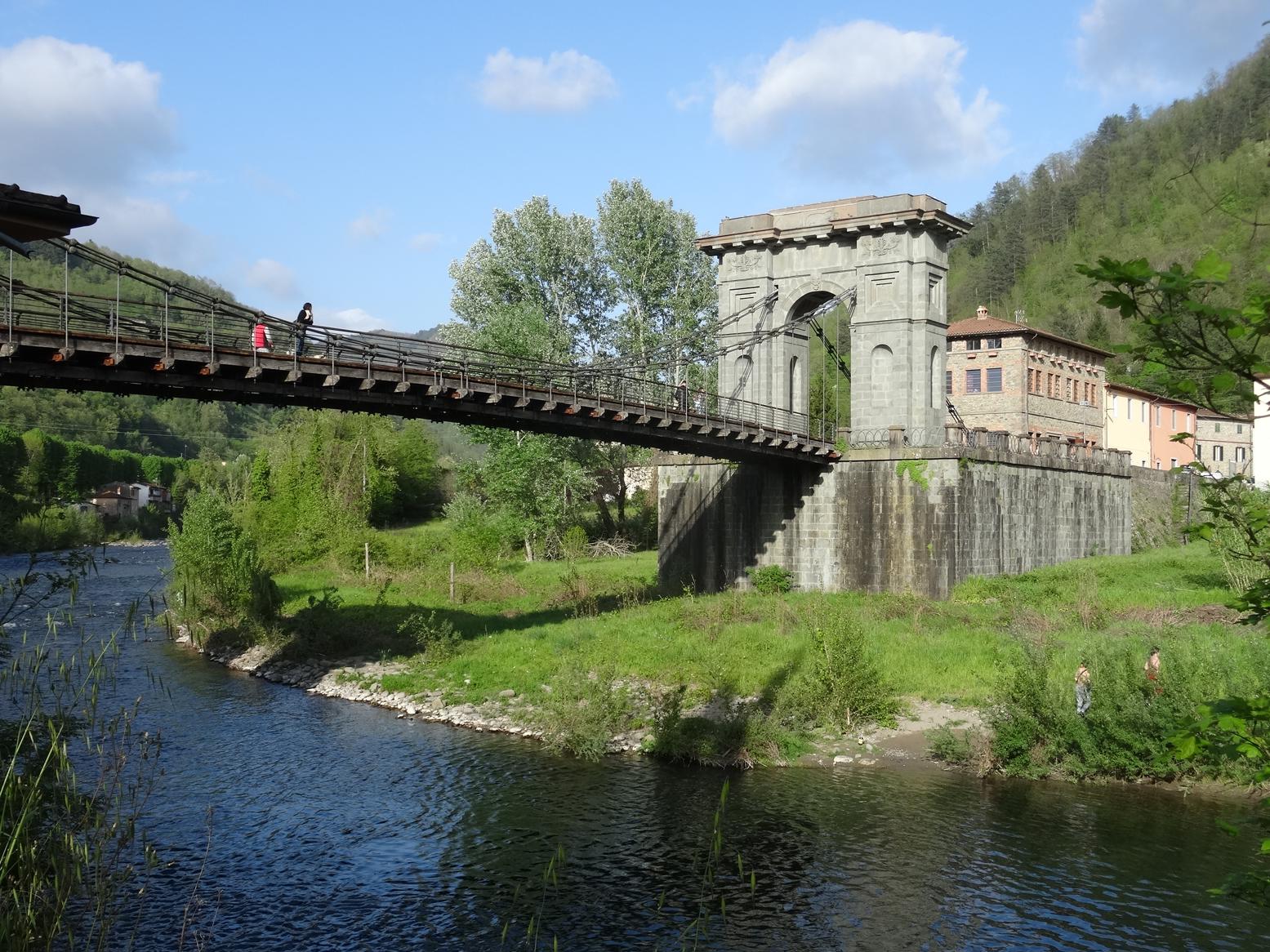
4 Comments
Dan Black
A Fiat to Fiattone.
Now there’s a movie title and a cliffhanger.
You sound like you’re having a great time, and thanks again for sharing, entertaining and educating.
Dan
Jennifer Smith
Thanks Dan. Love the alliteration … for a while there it was a bit more of a cliffhanger than liked!
Timothy Sly
Salivating!!!! You certainly do it the right way… EAT your way around the country! Fabulous sights, tastes, sounds, flavours, and memories.
Jennifer Smith
Food gives the best insight to a place and its people, I think.